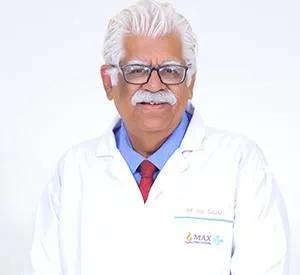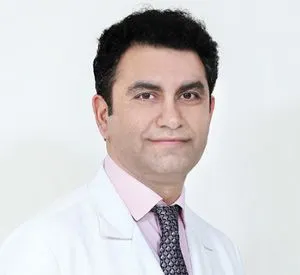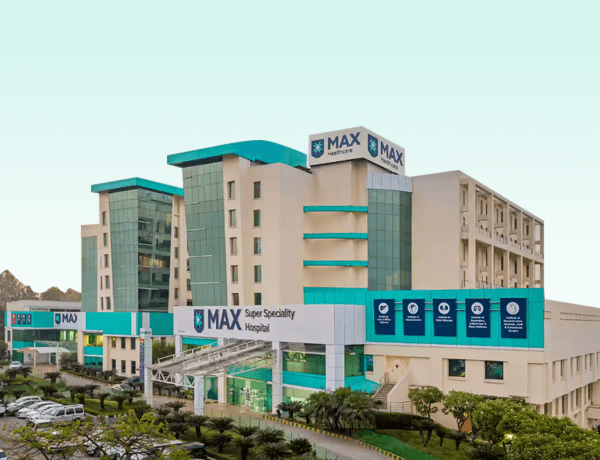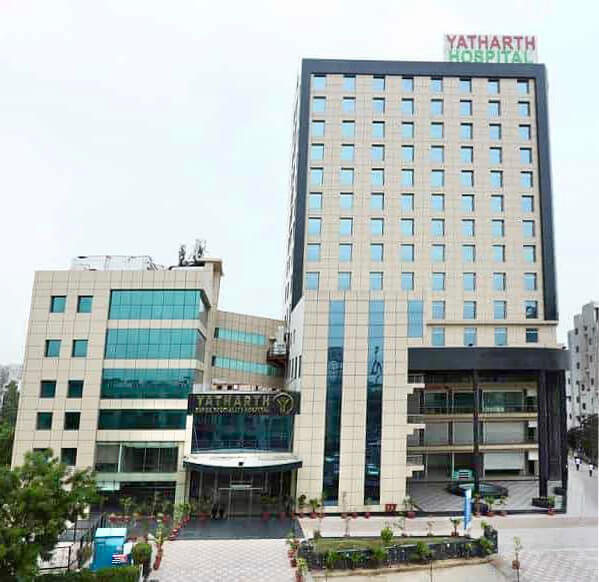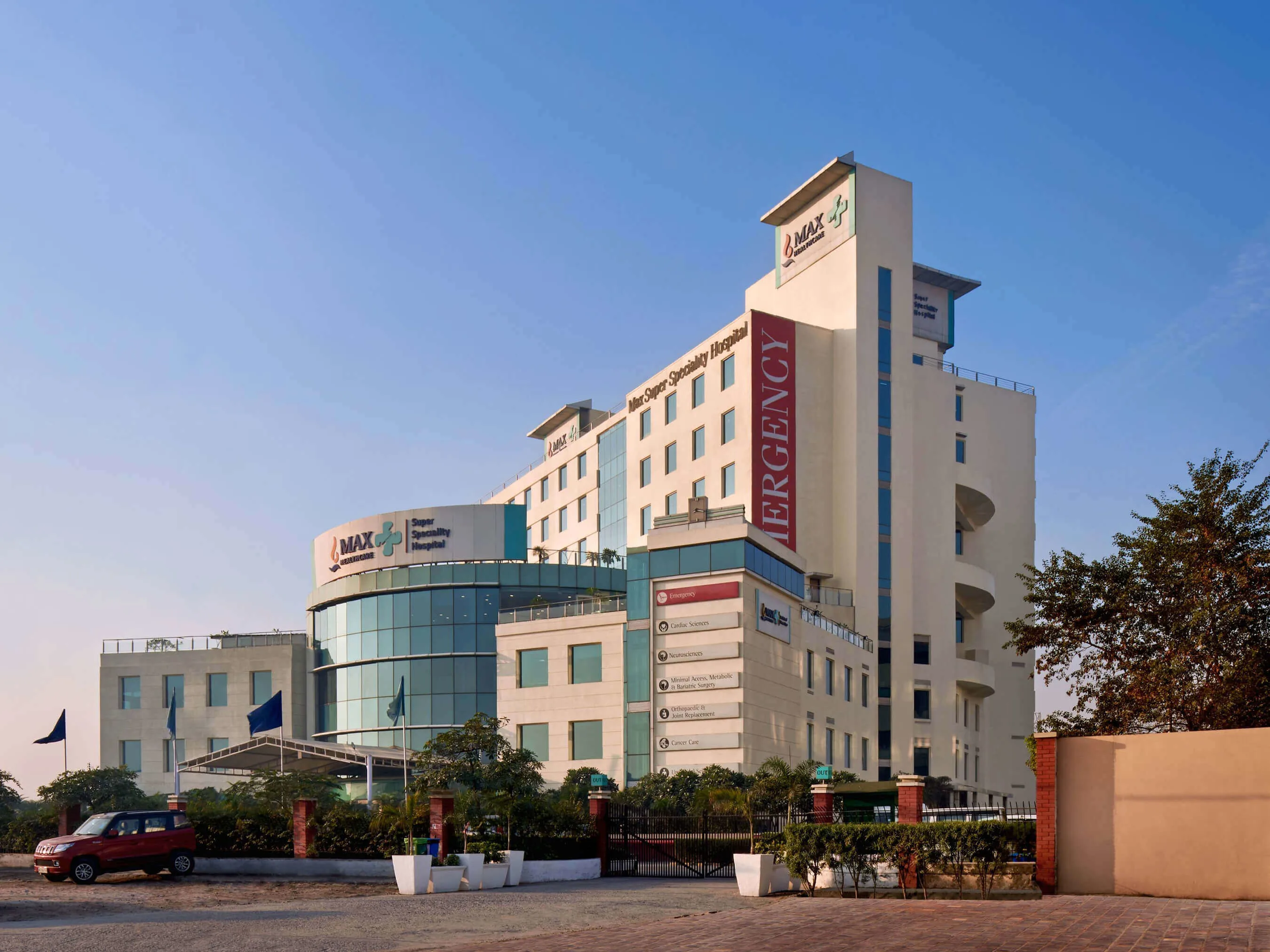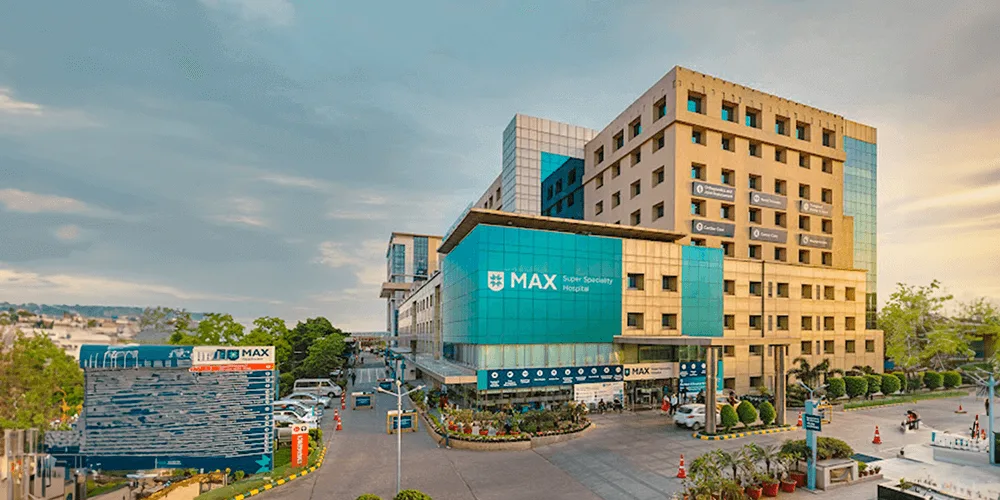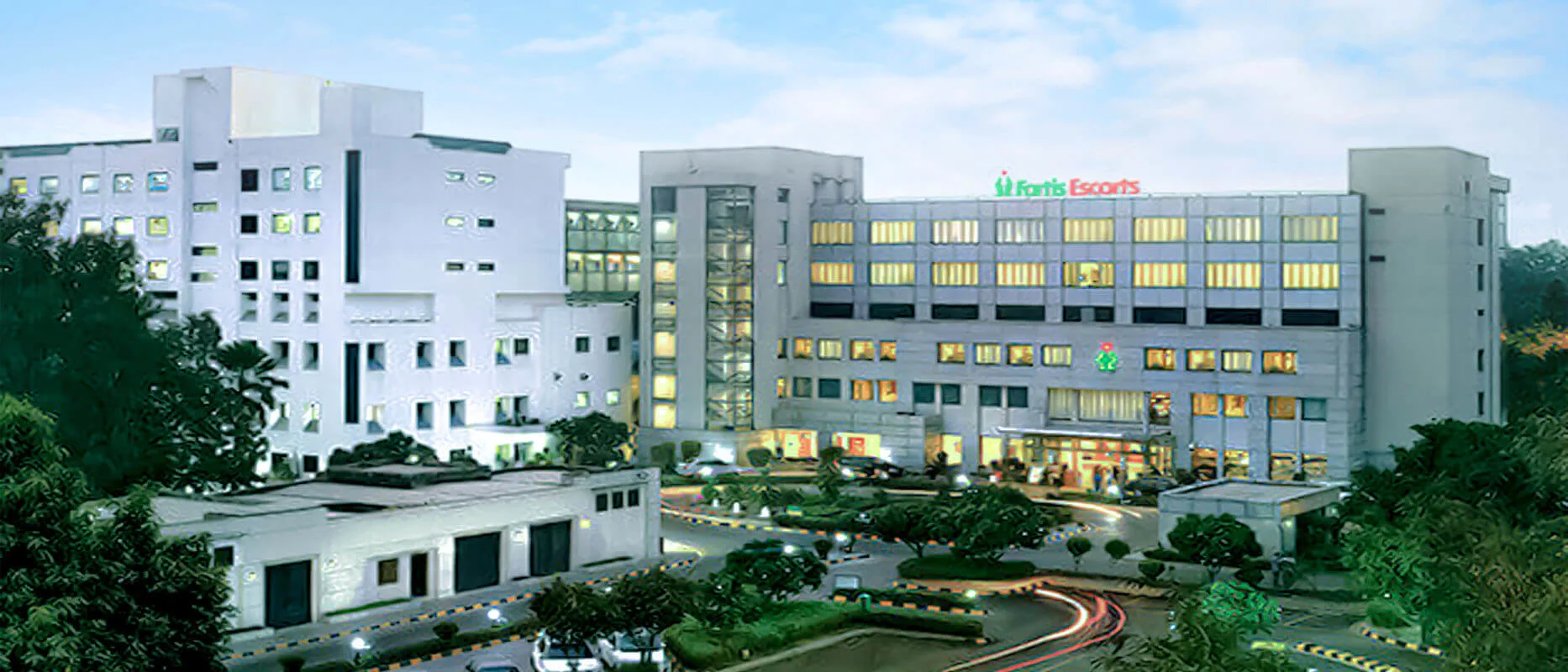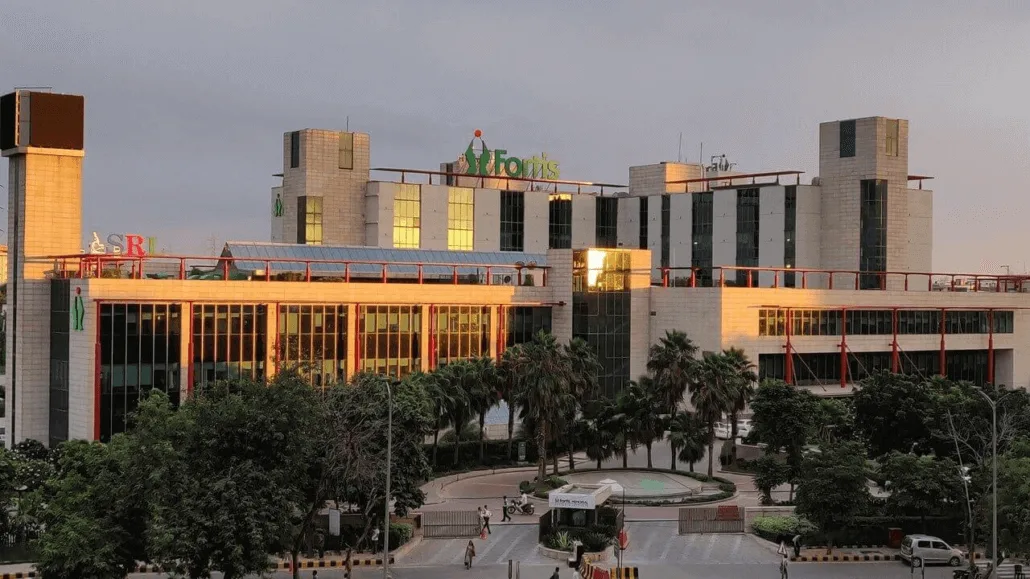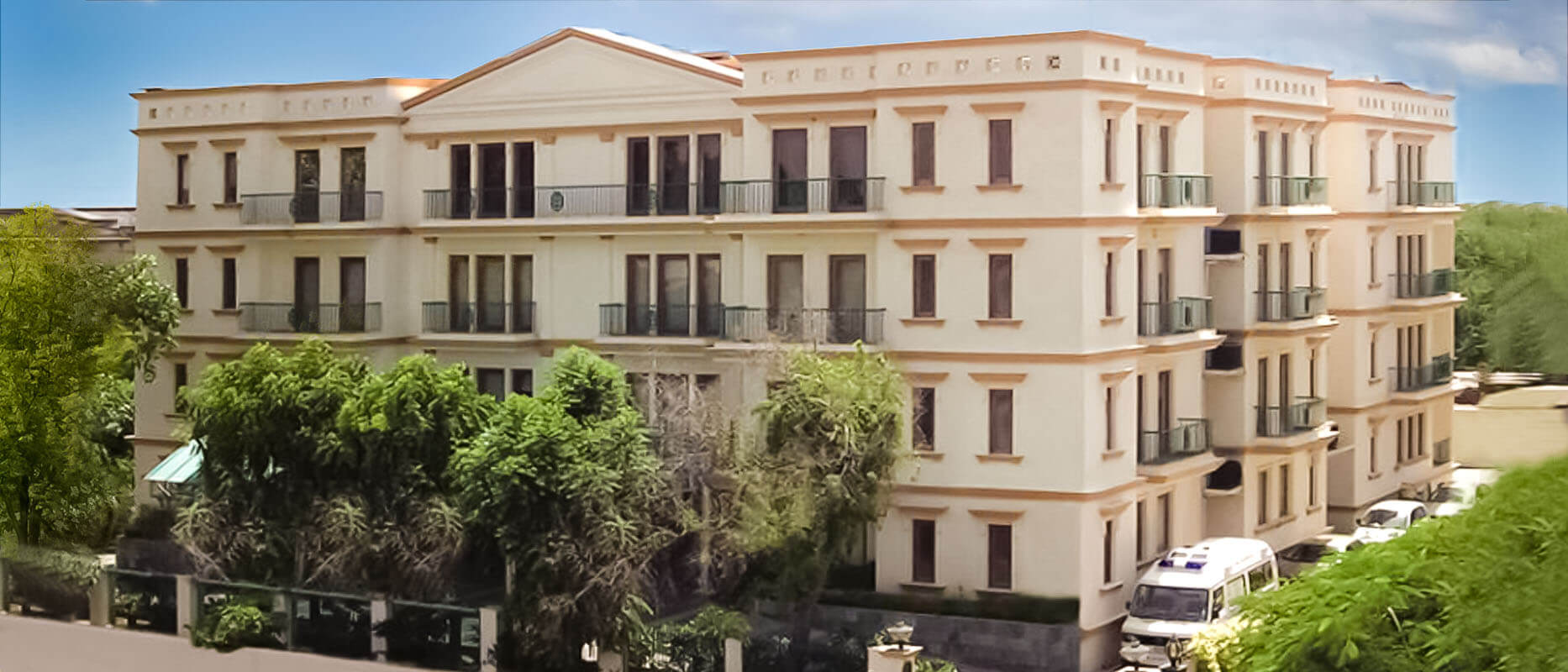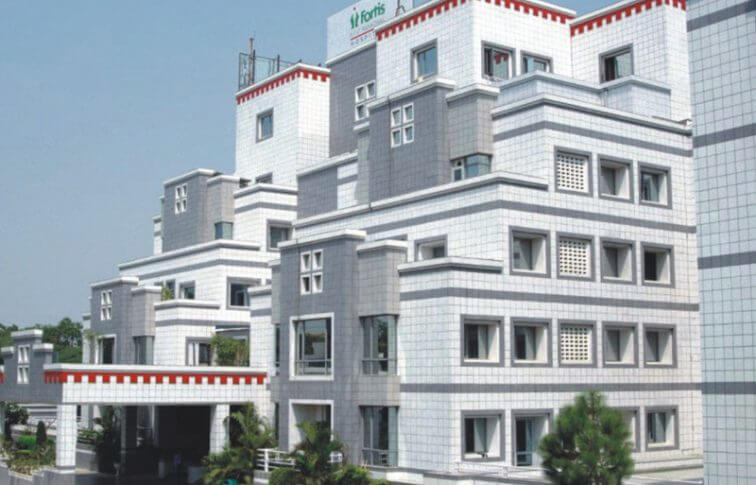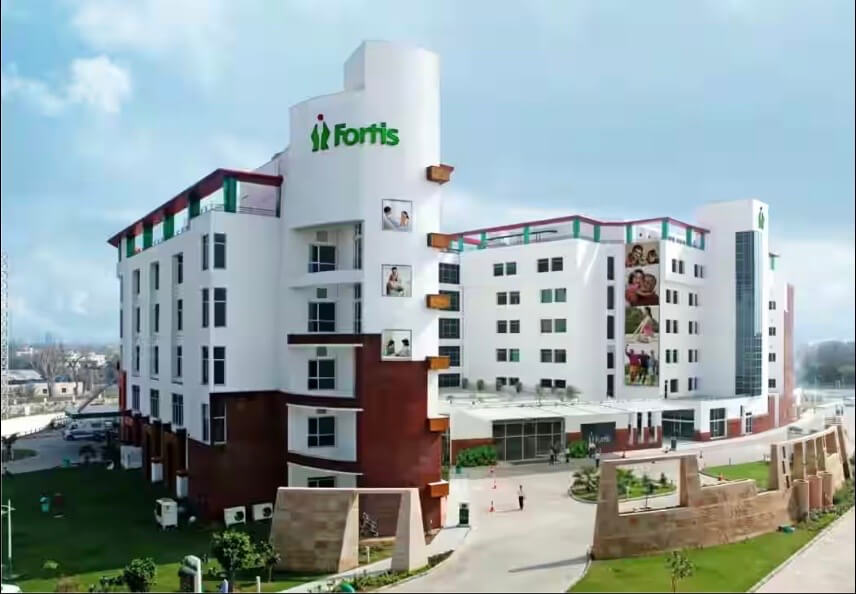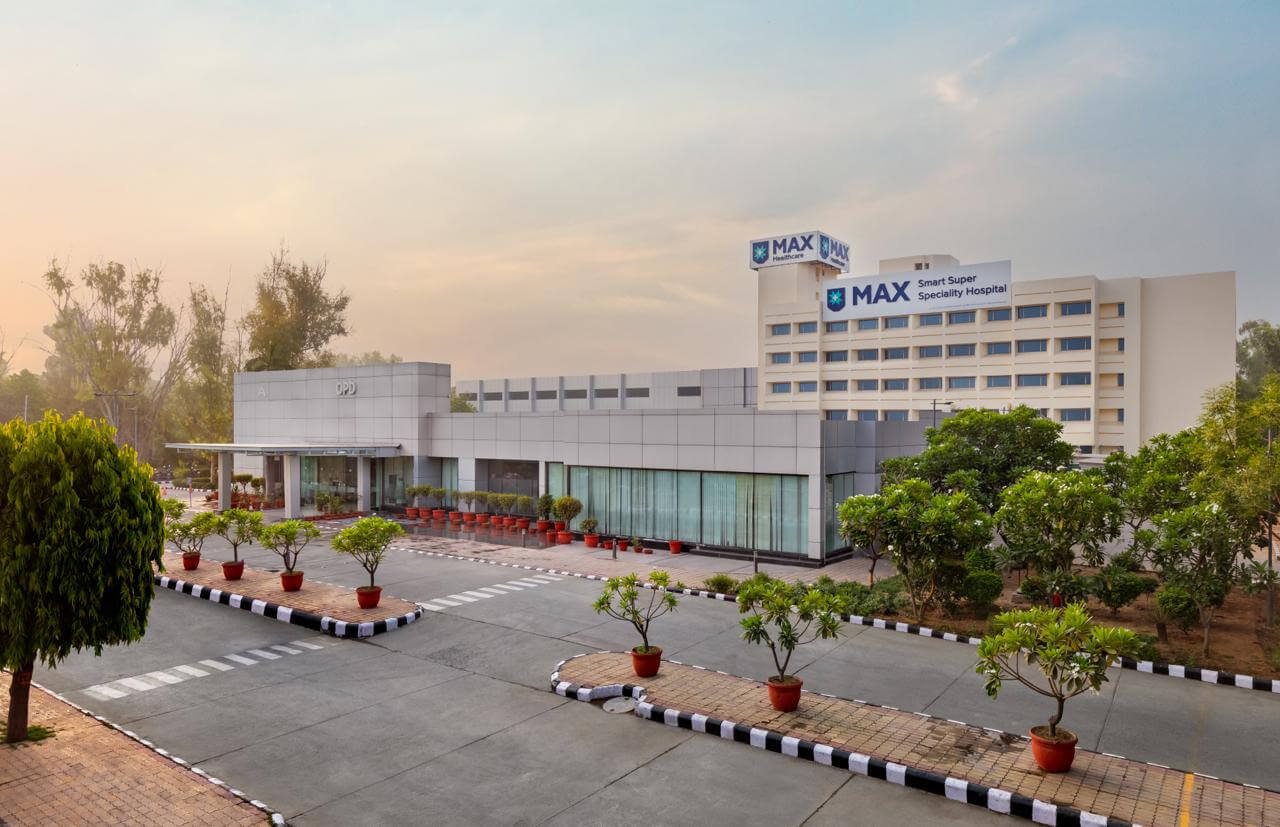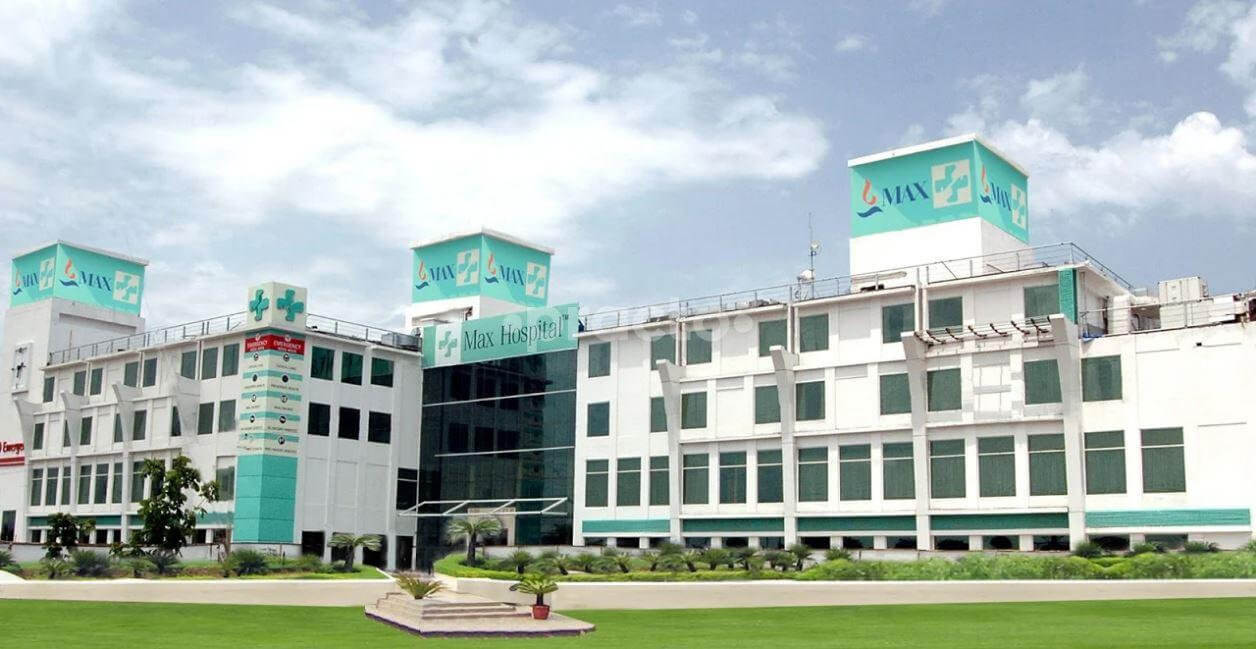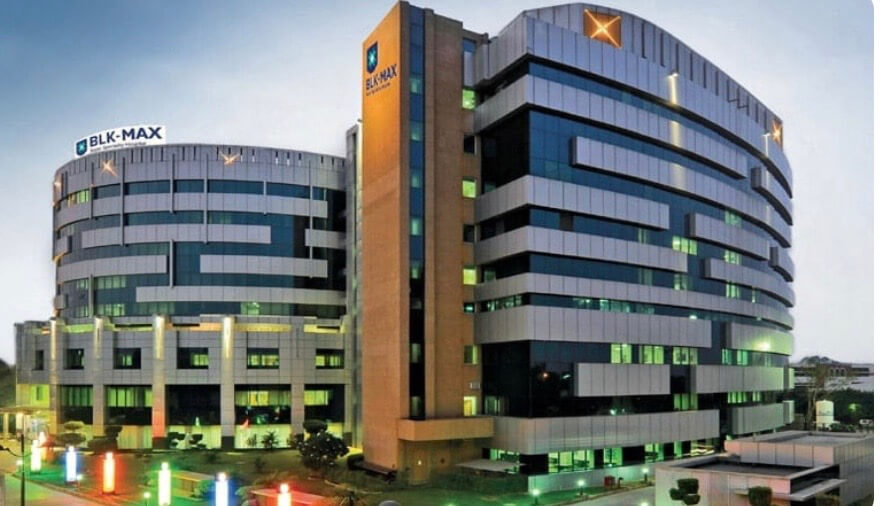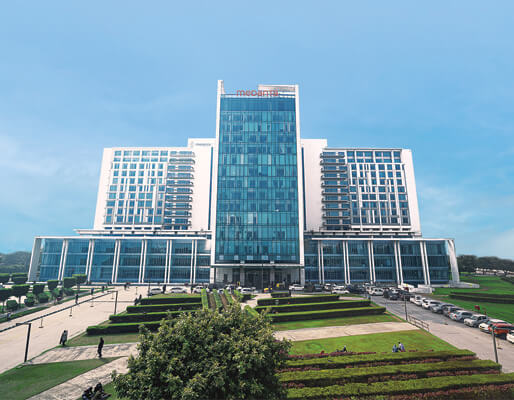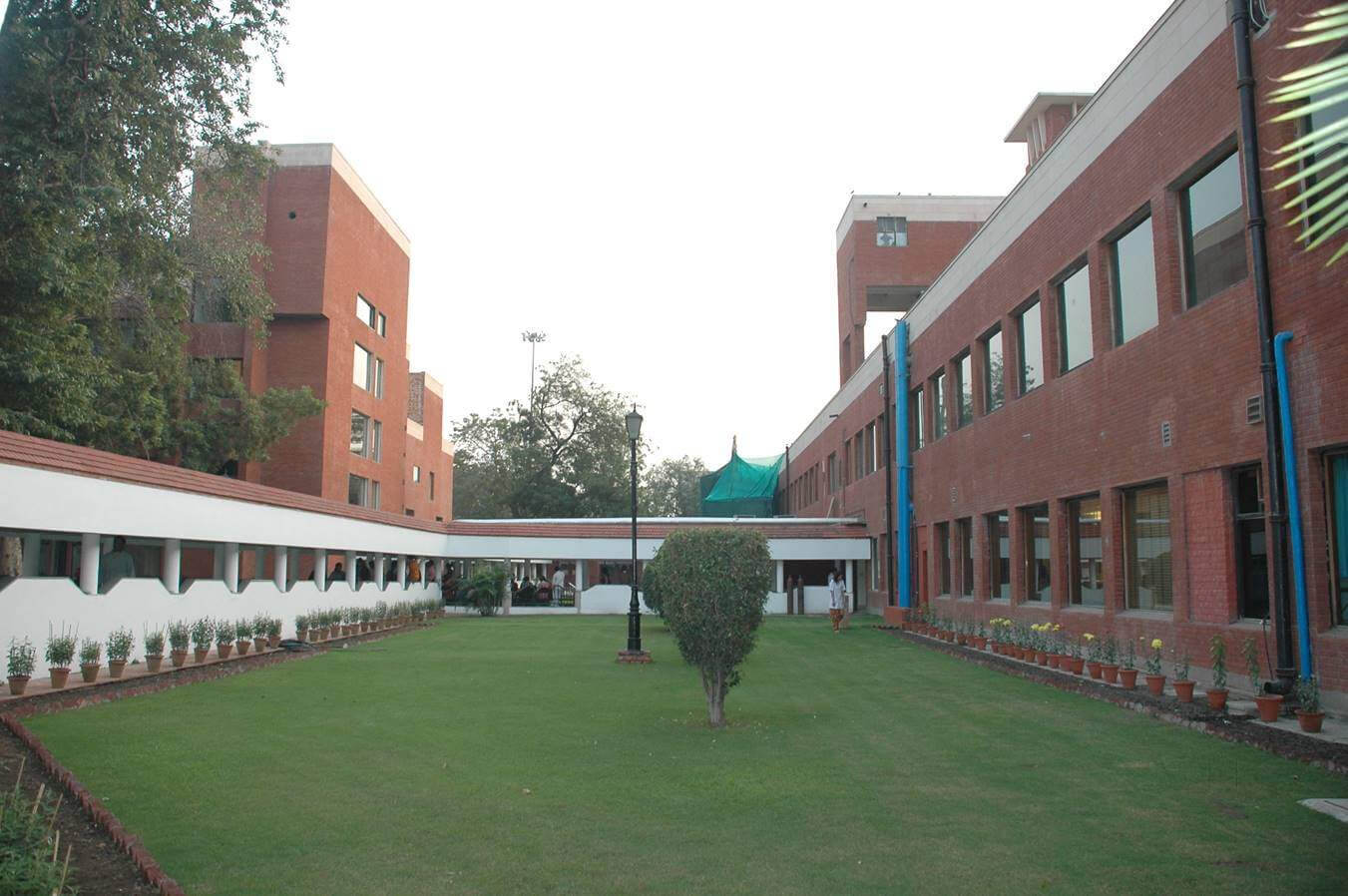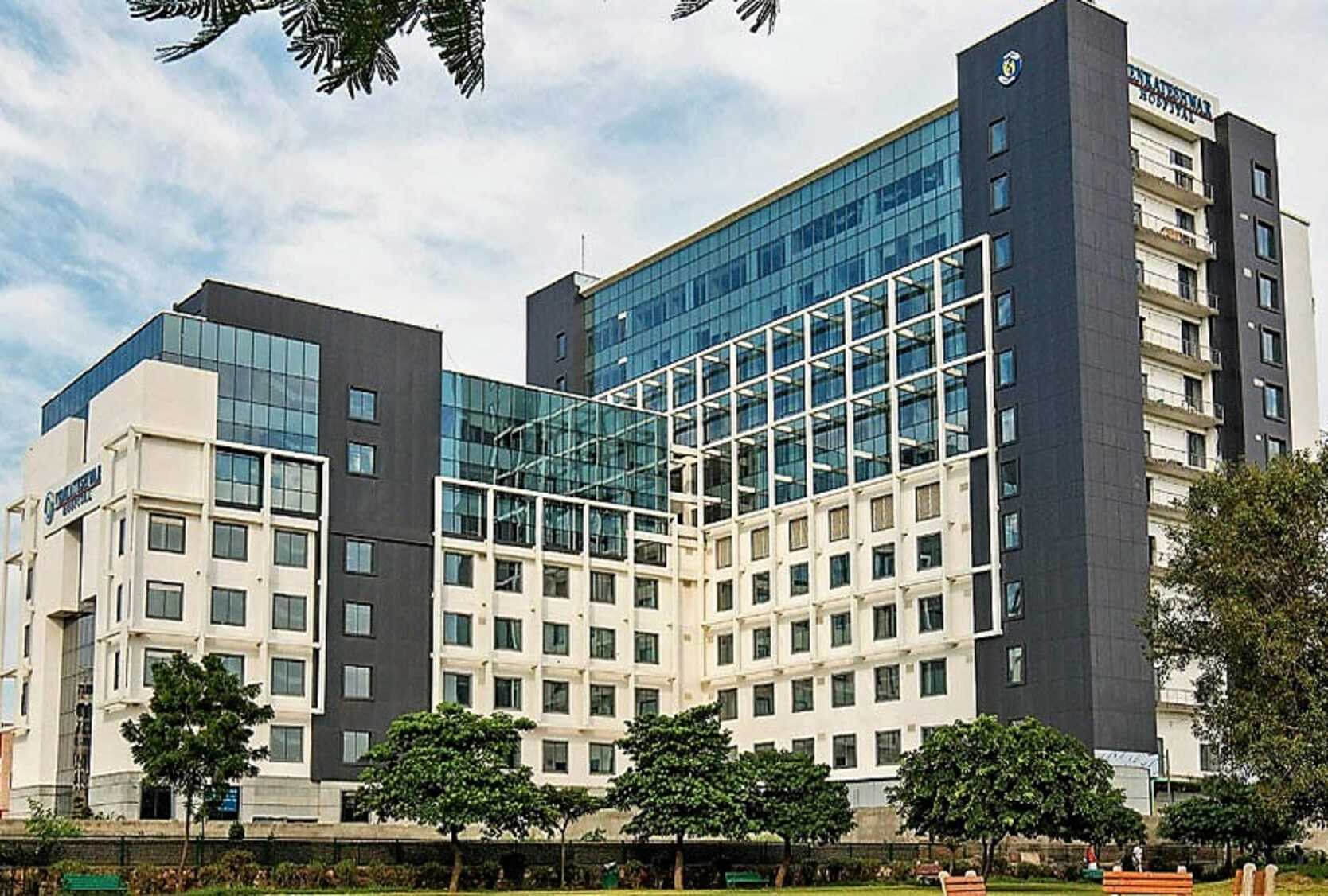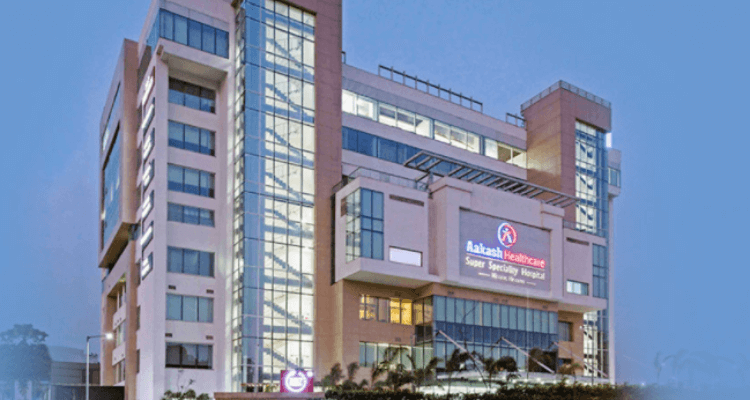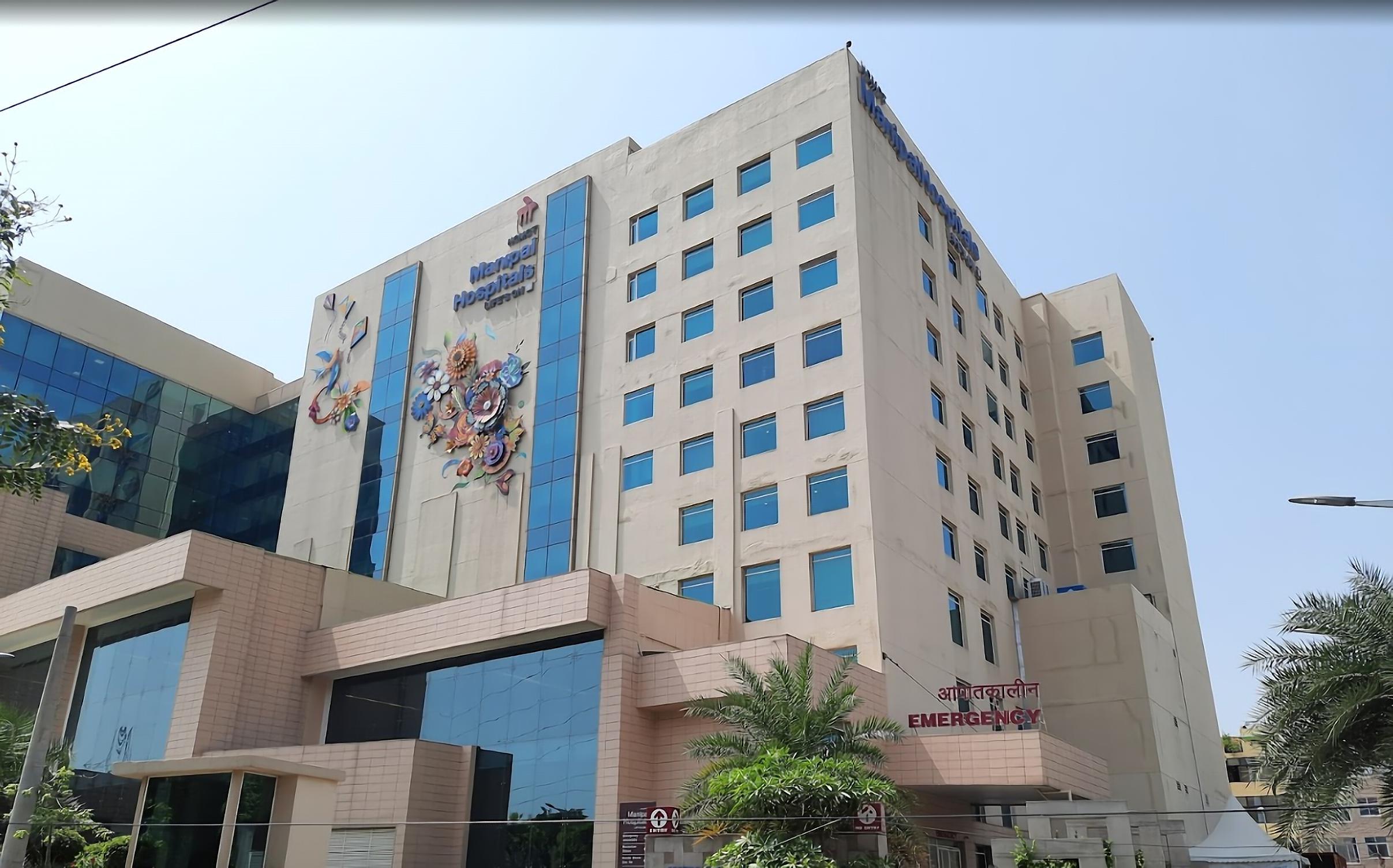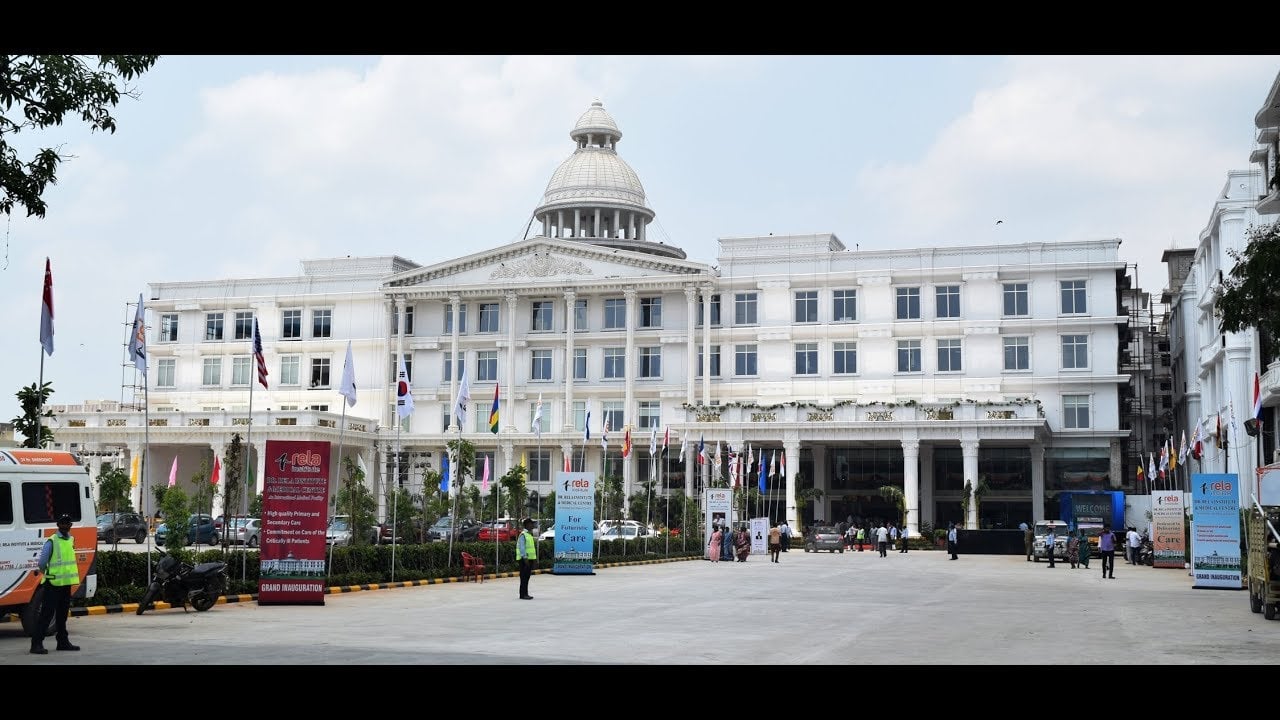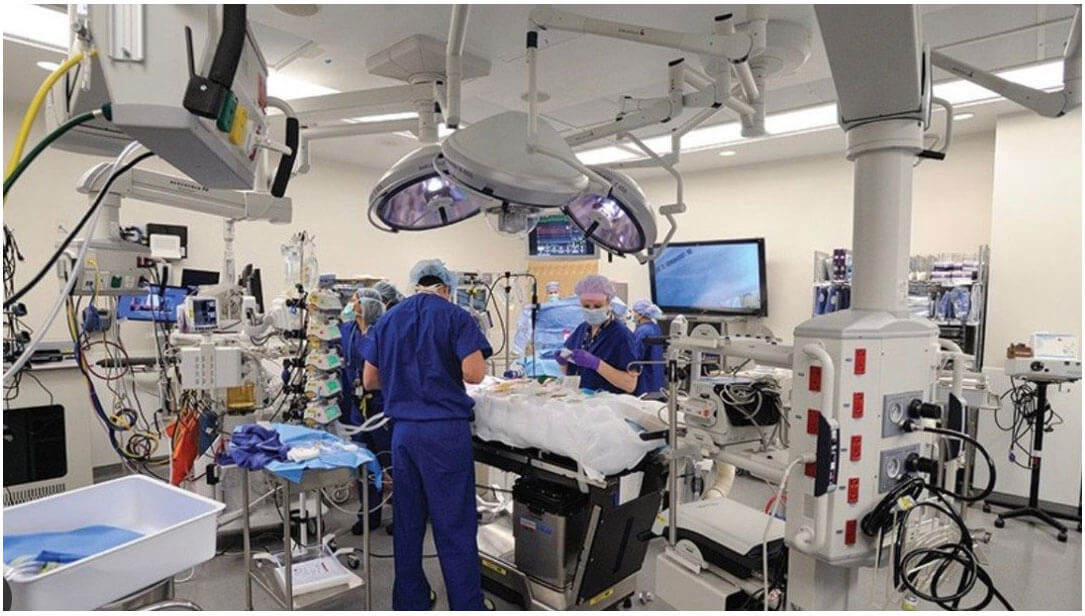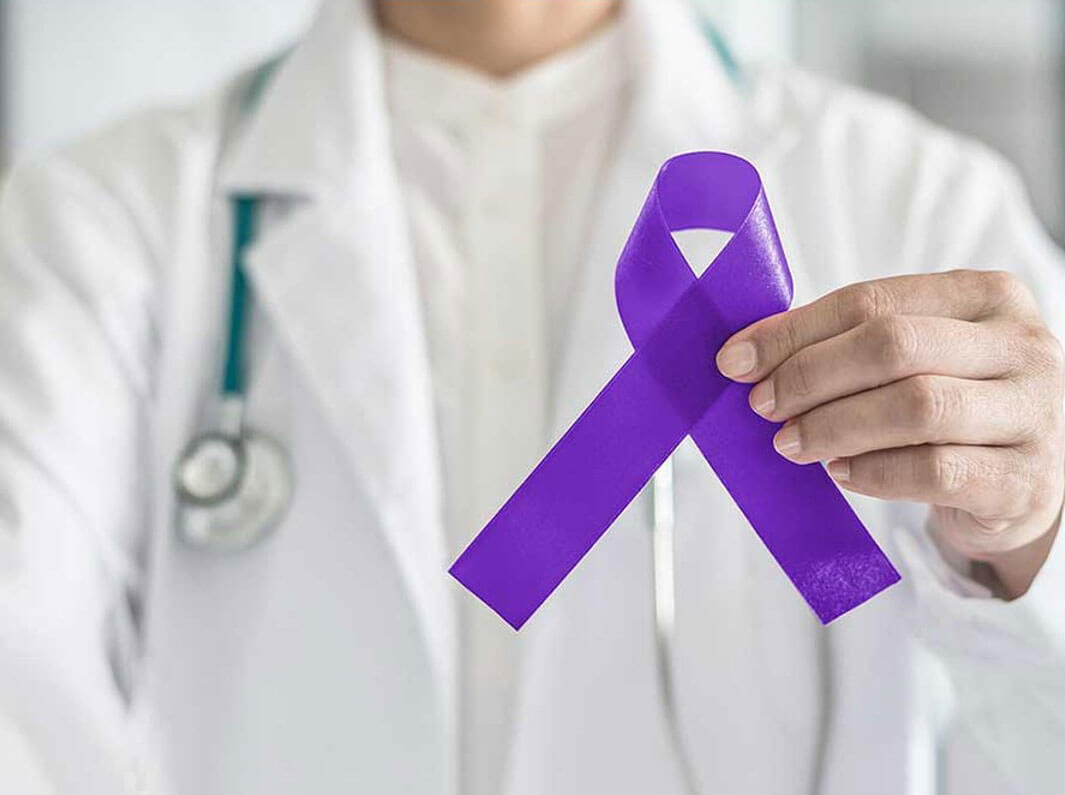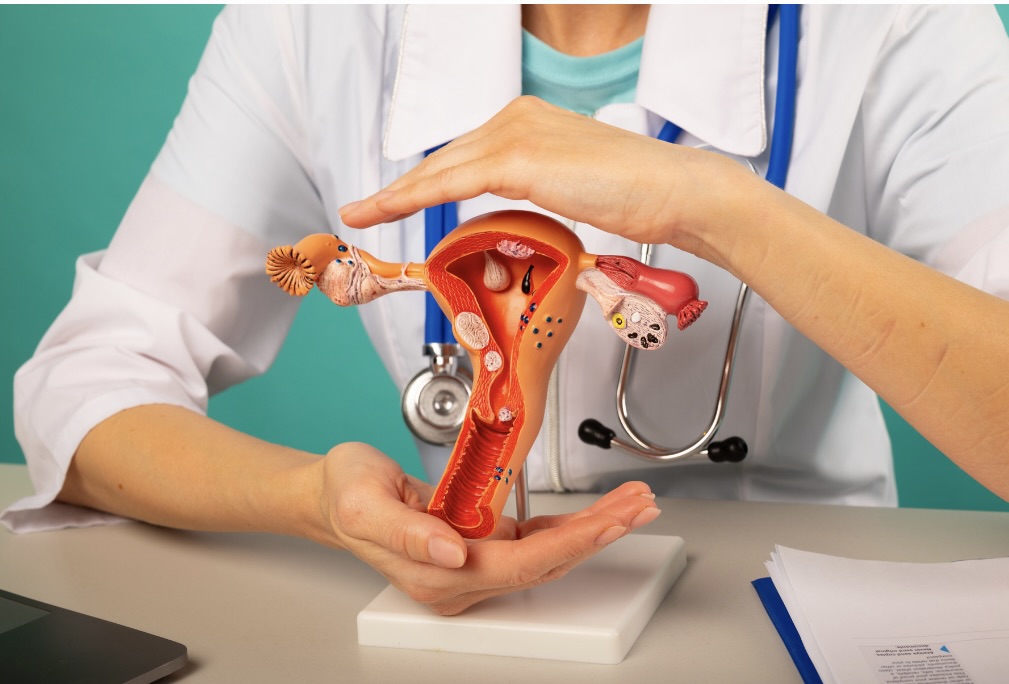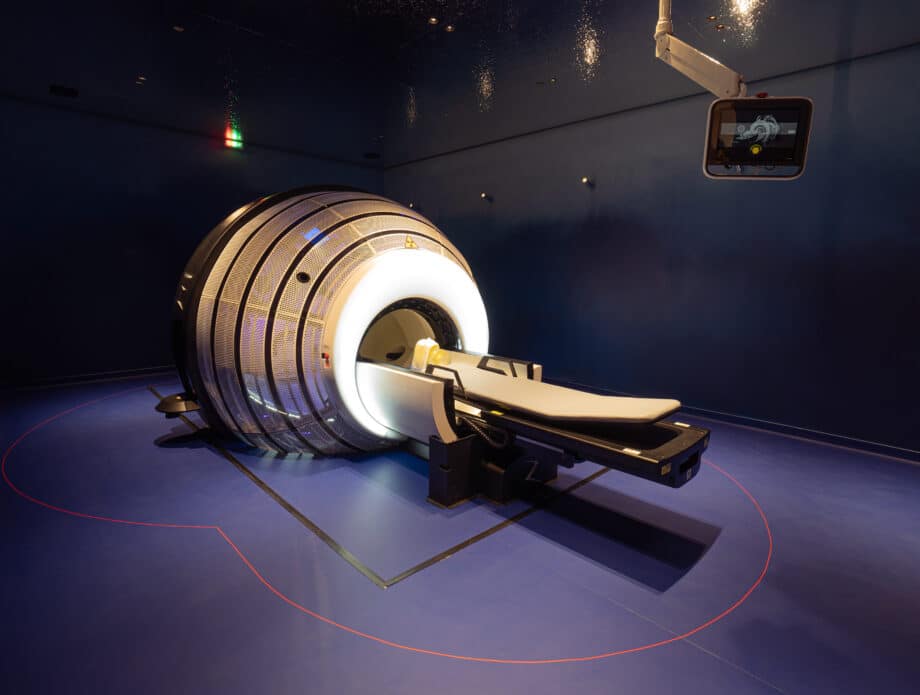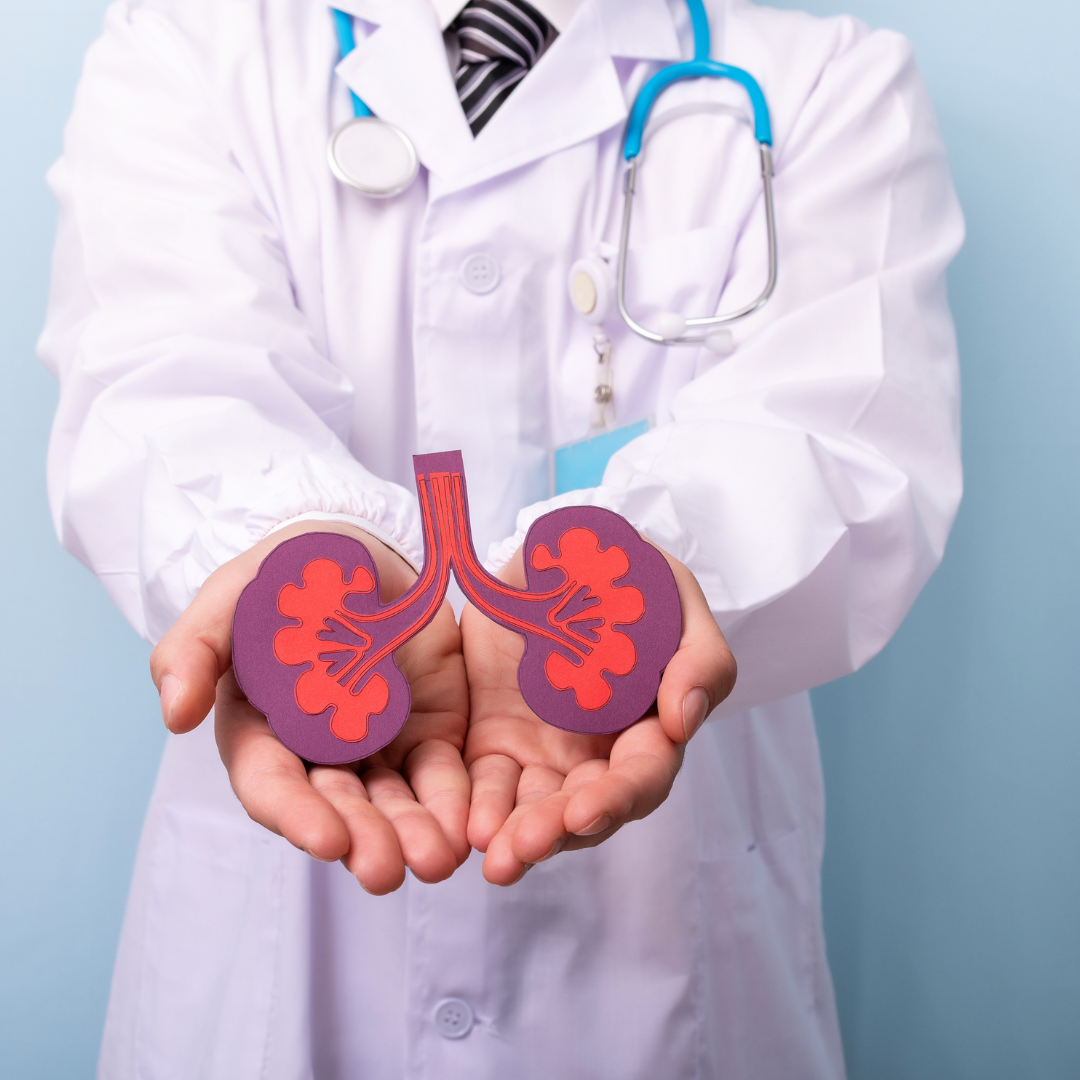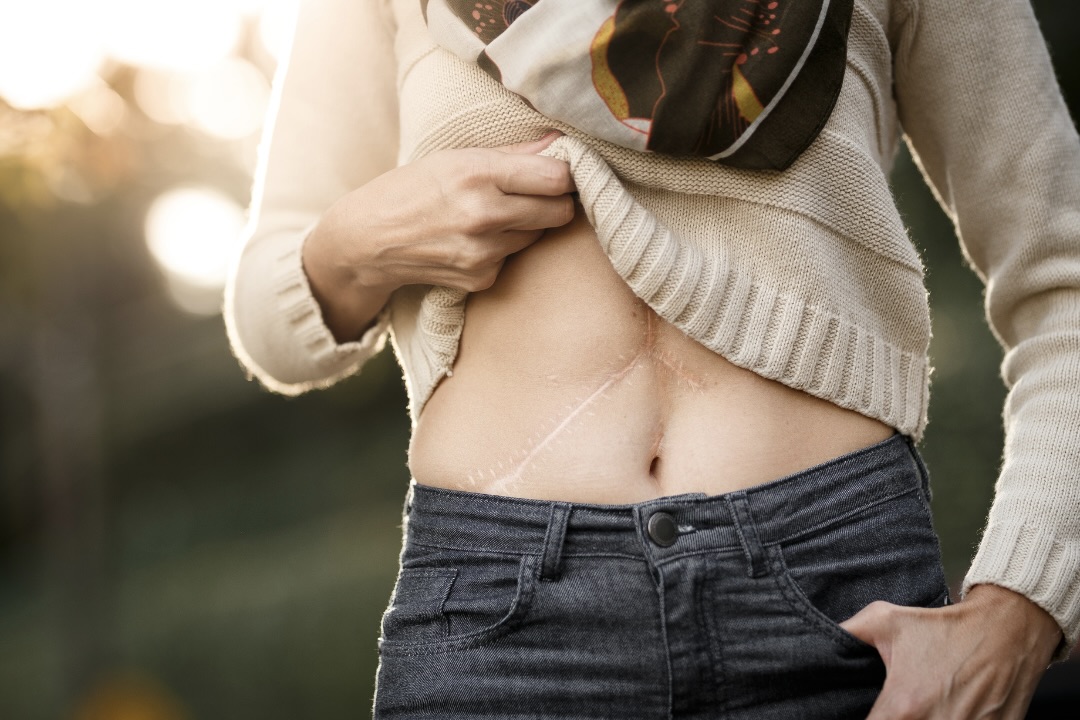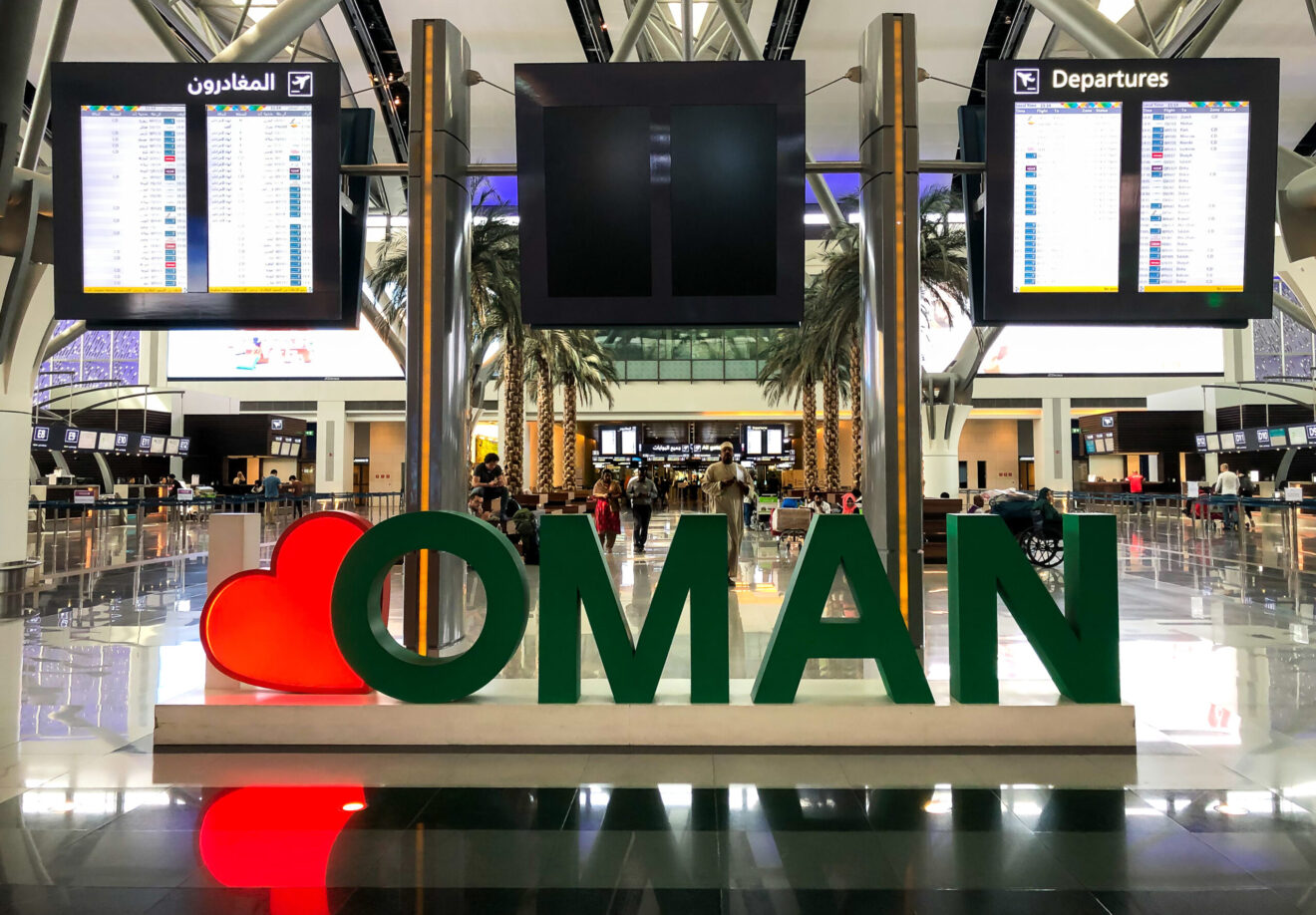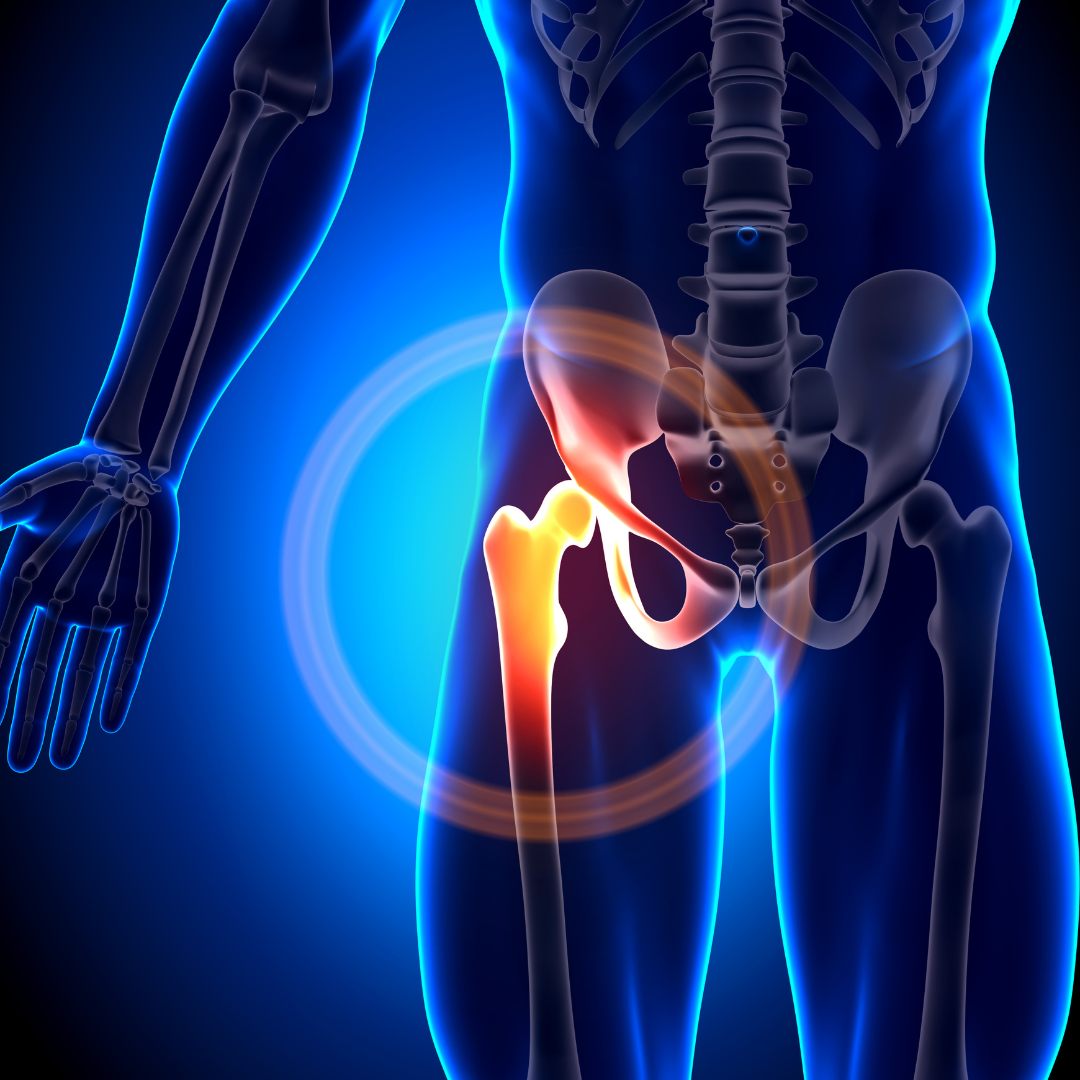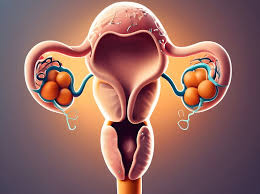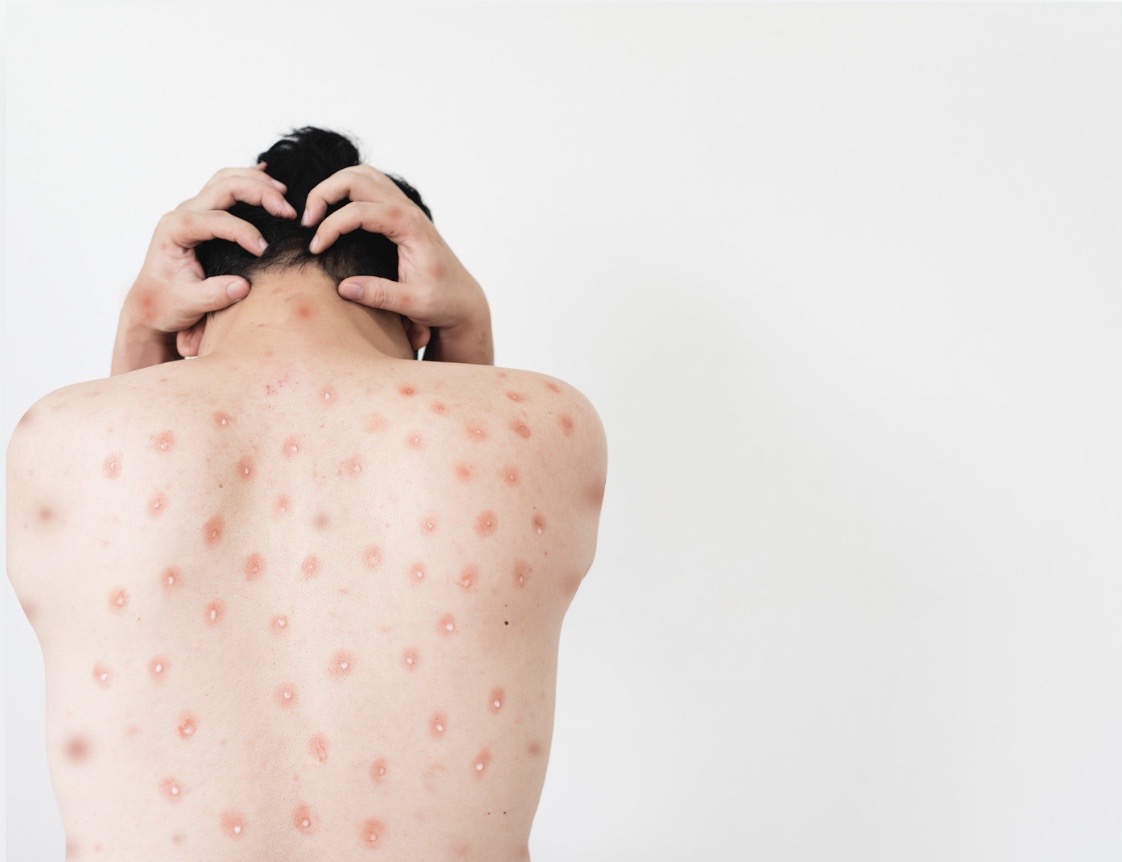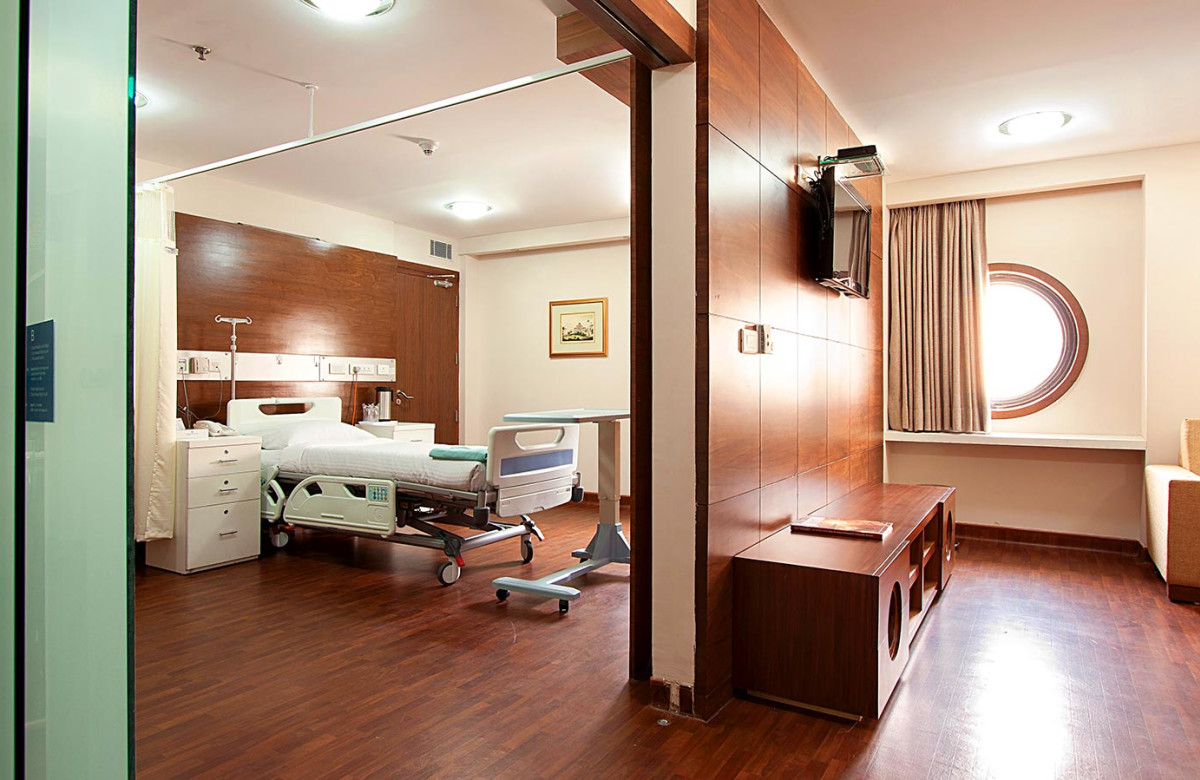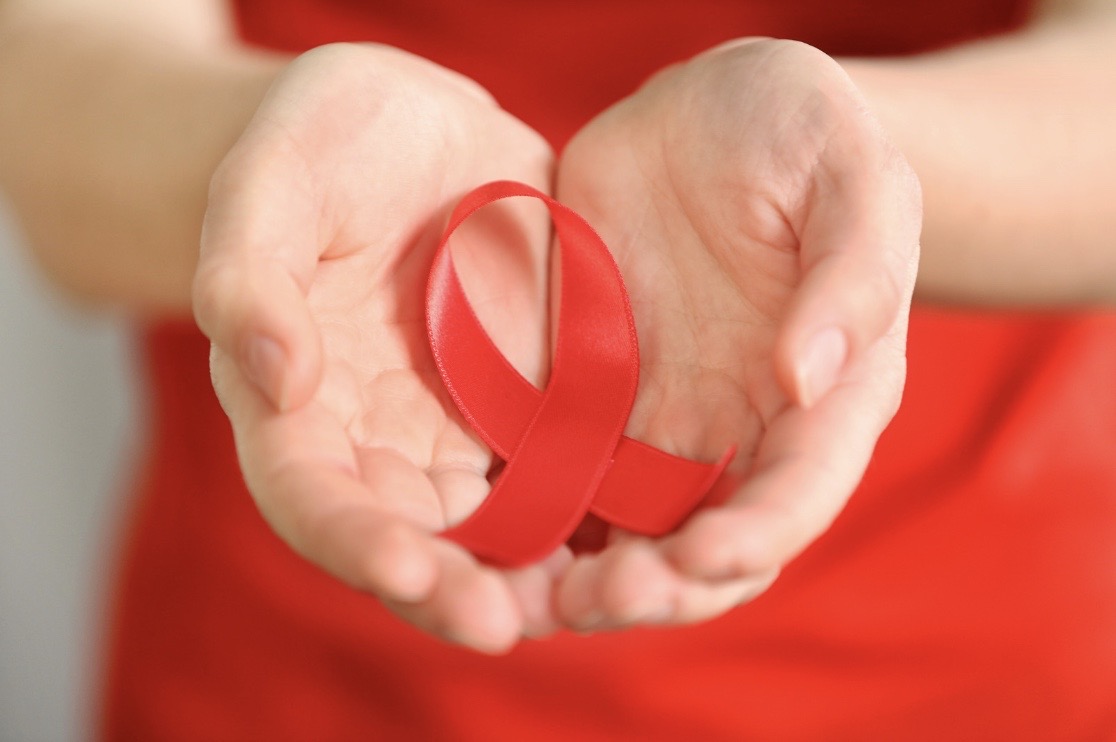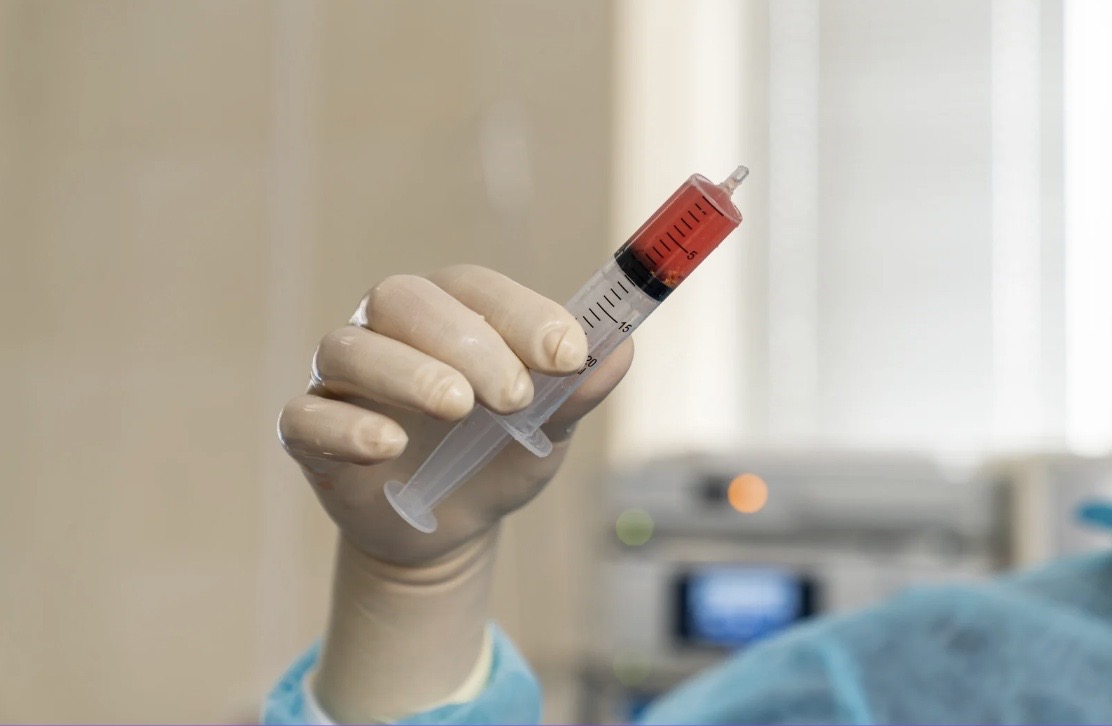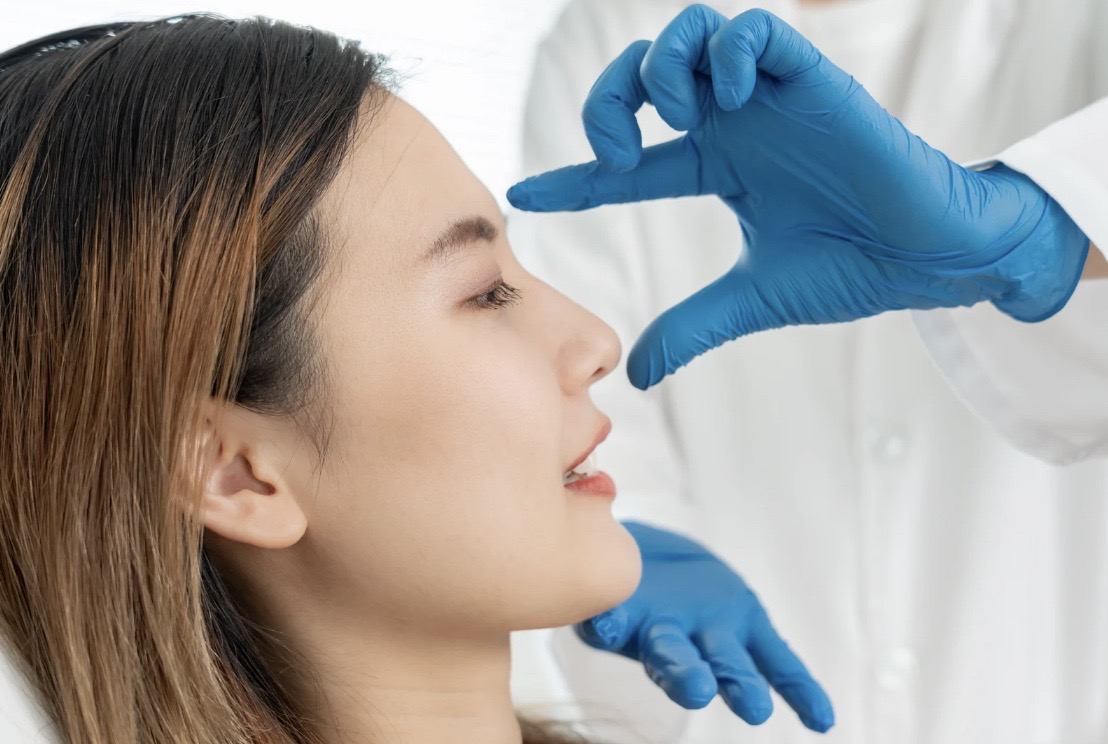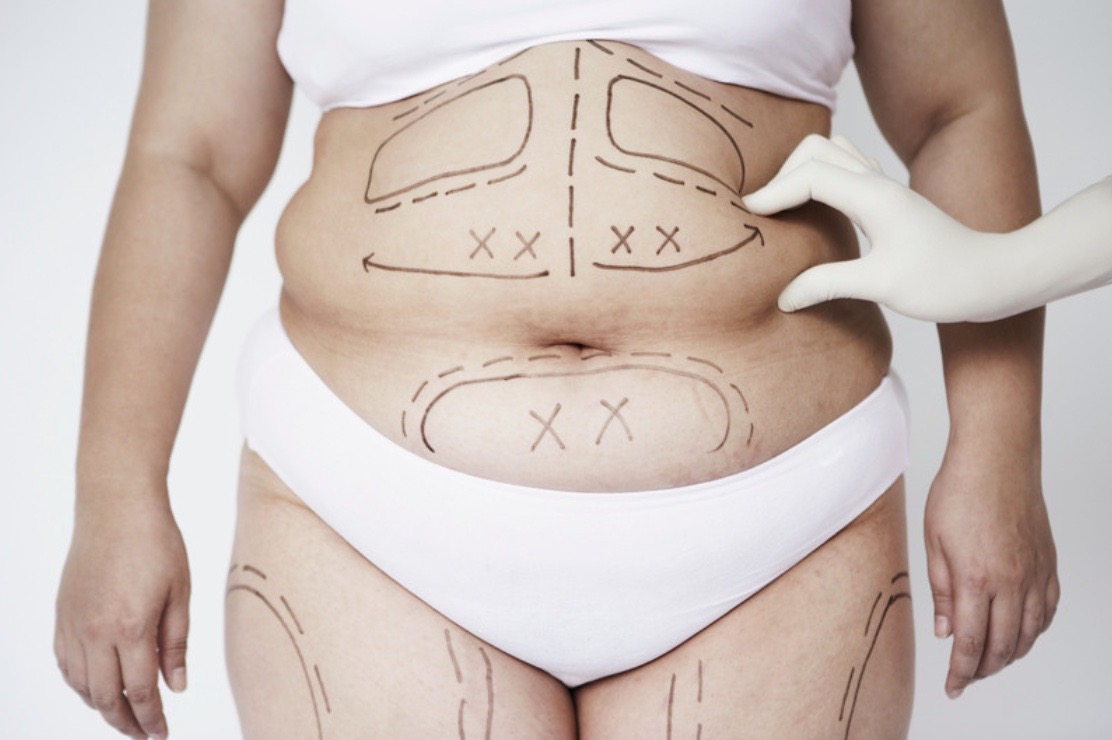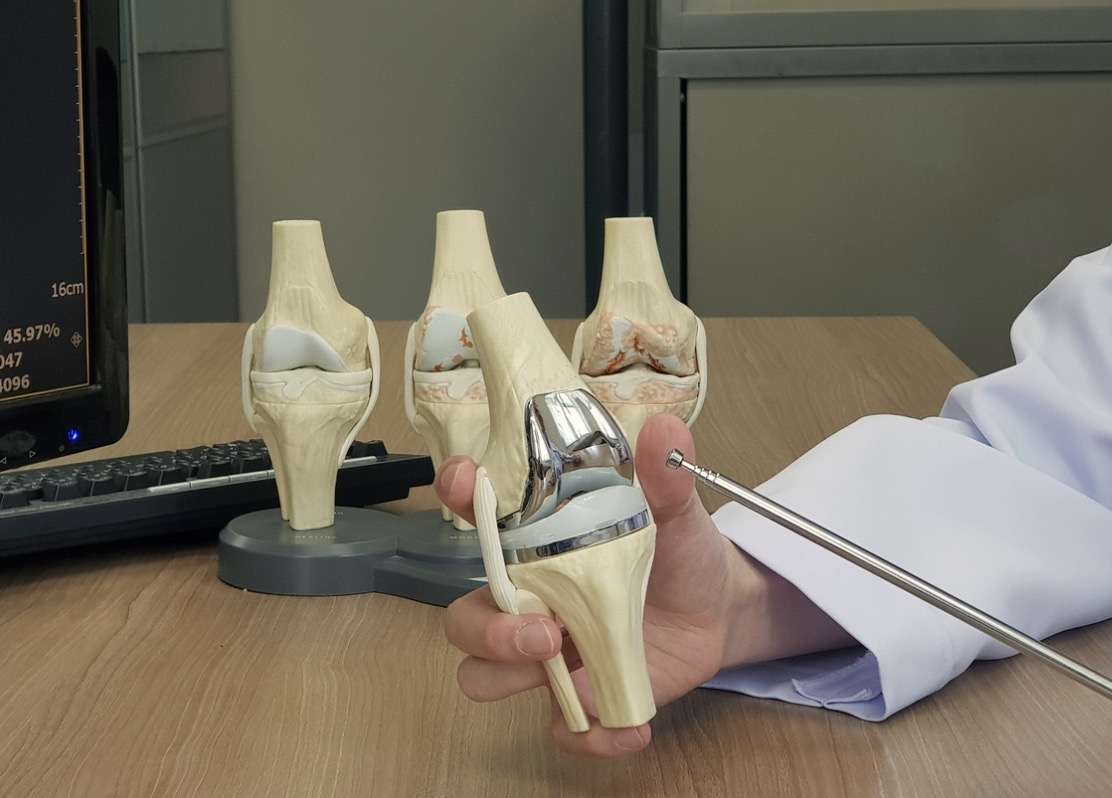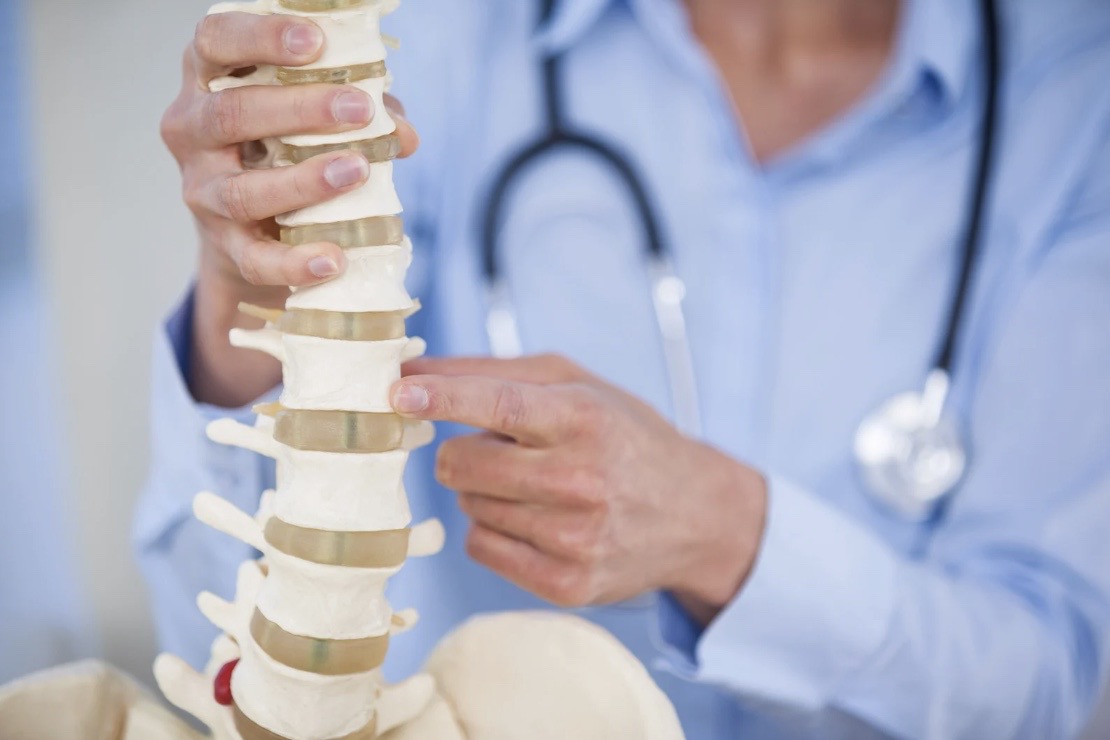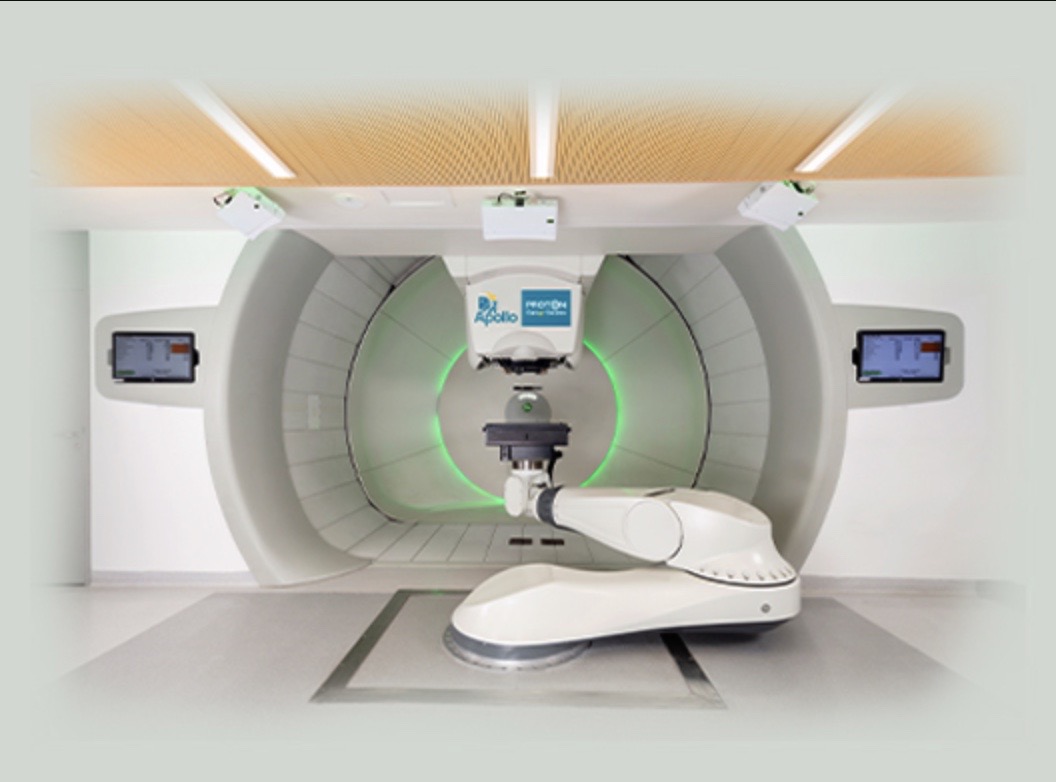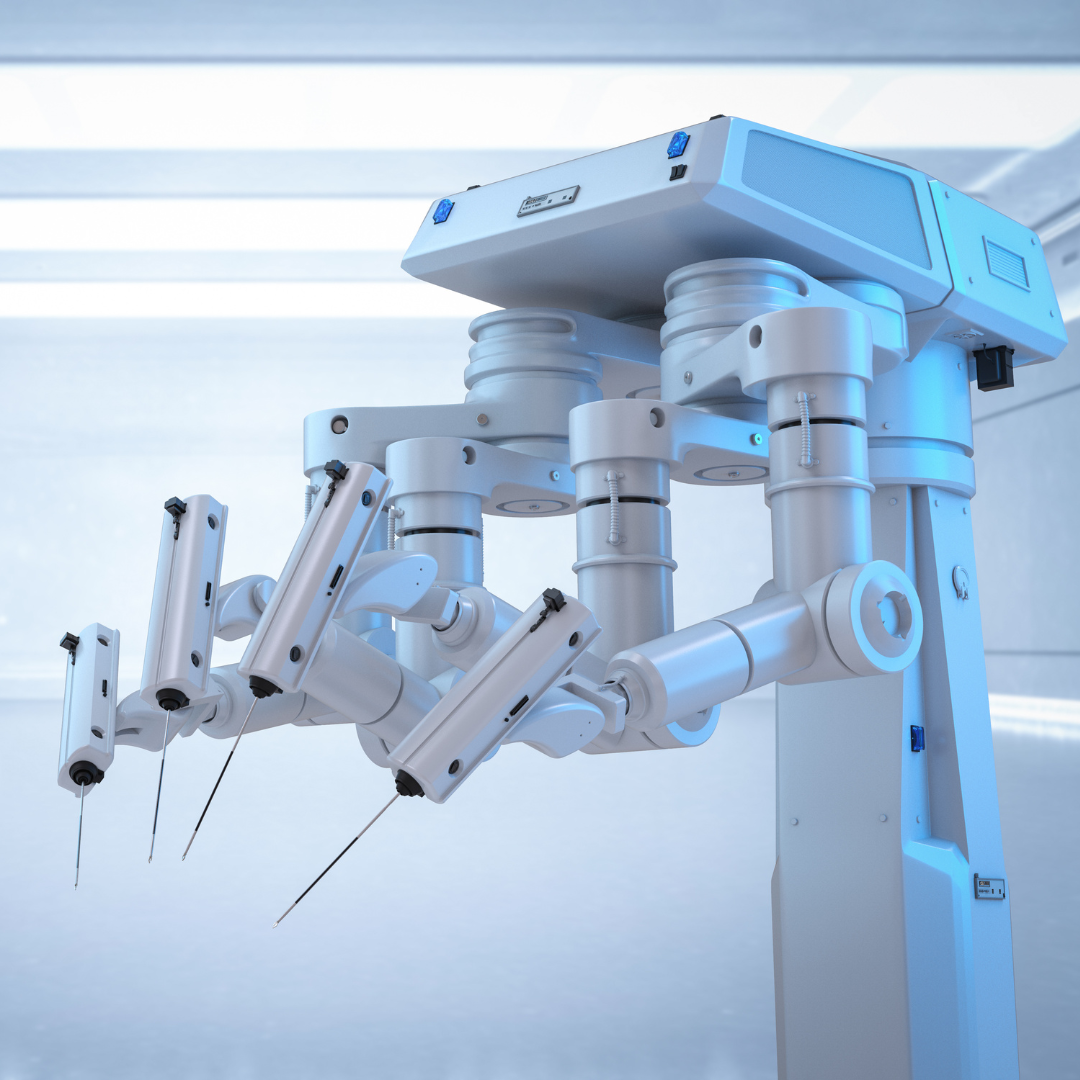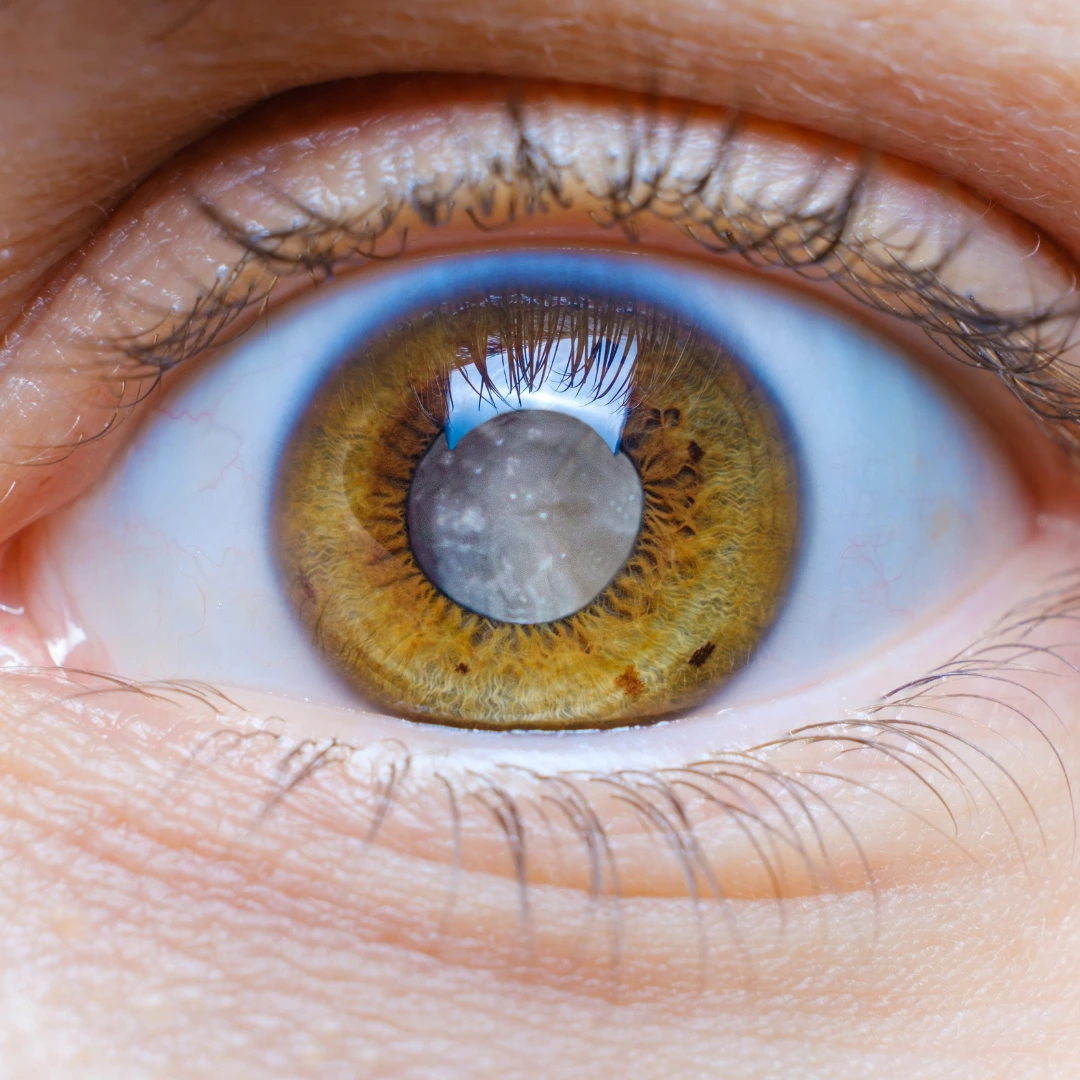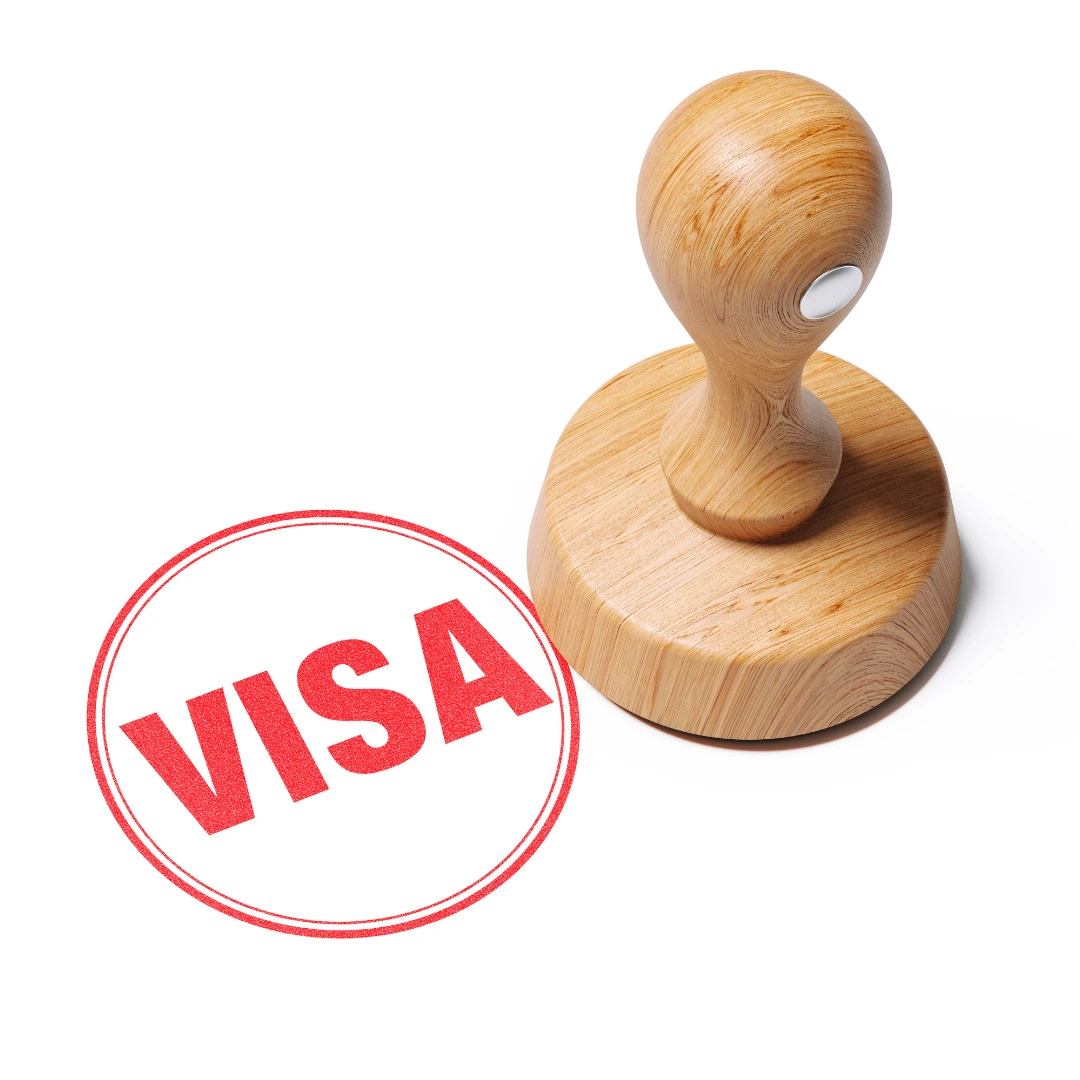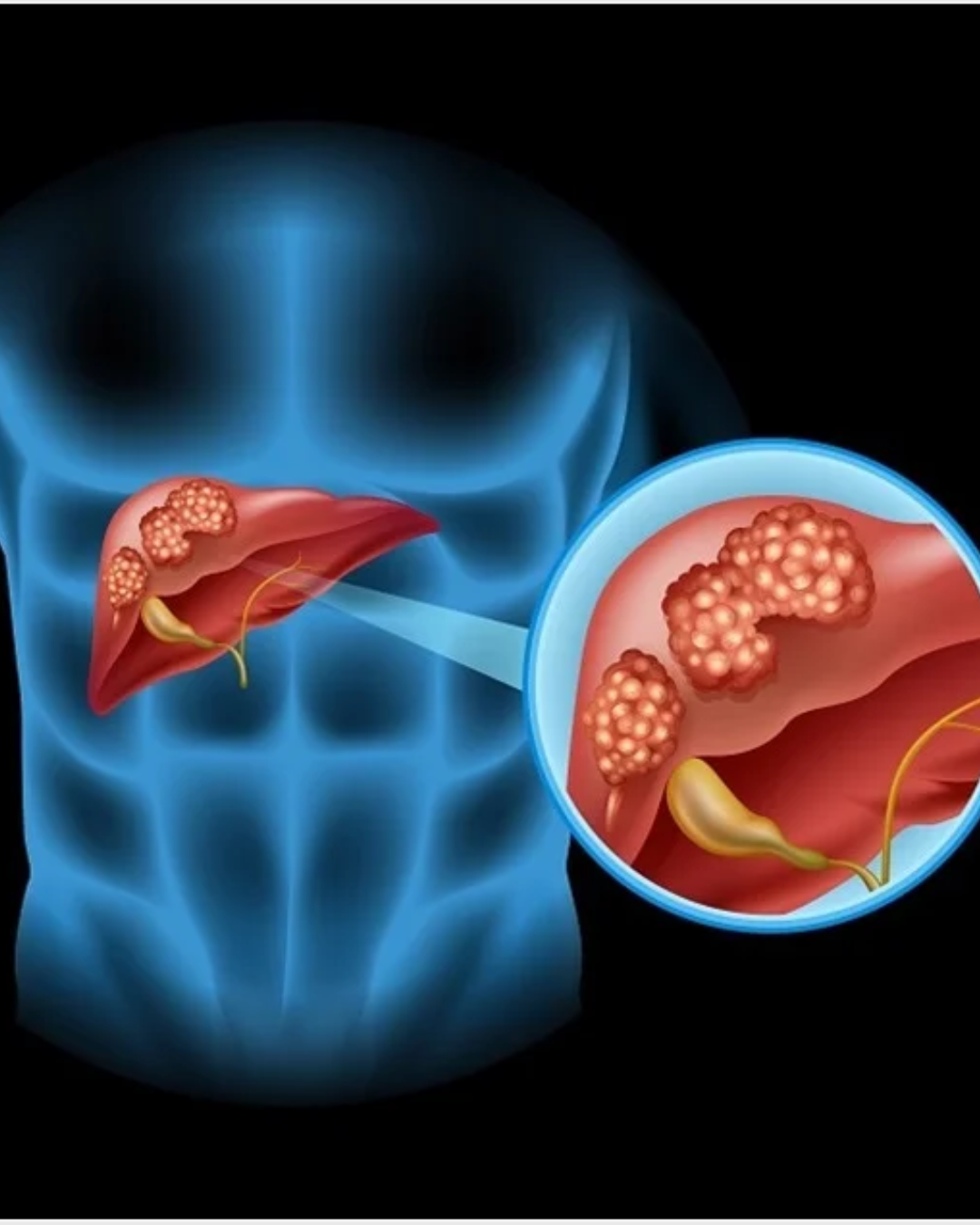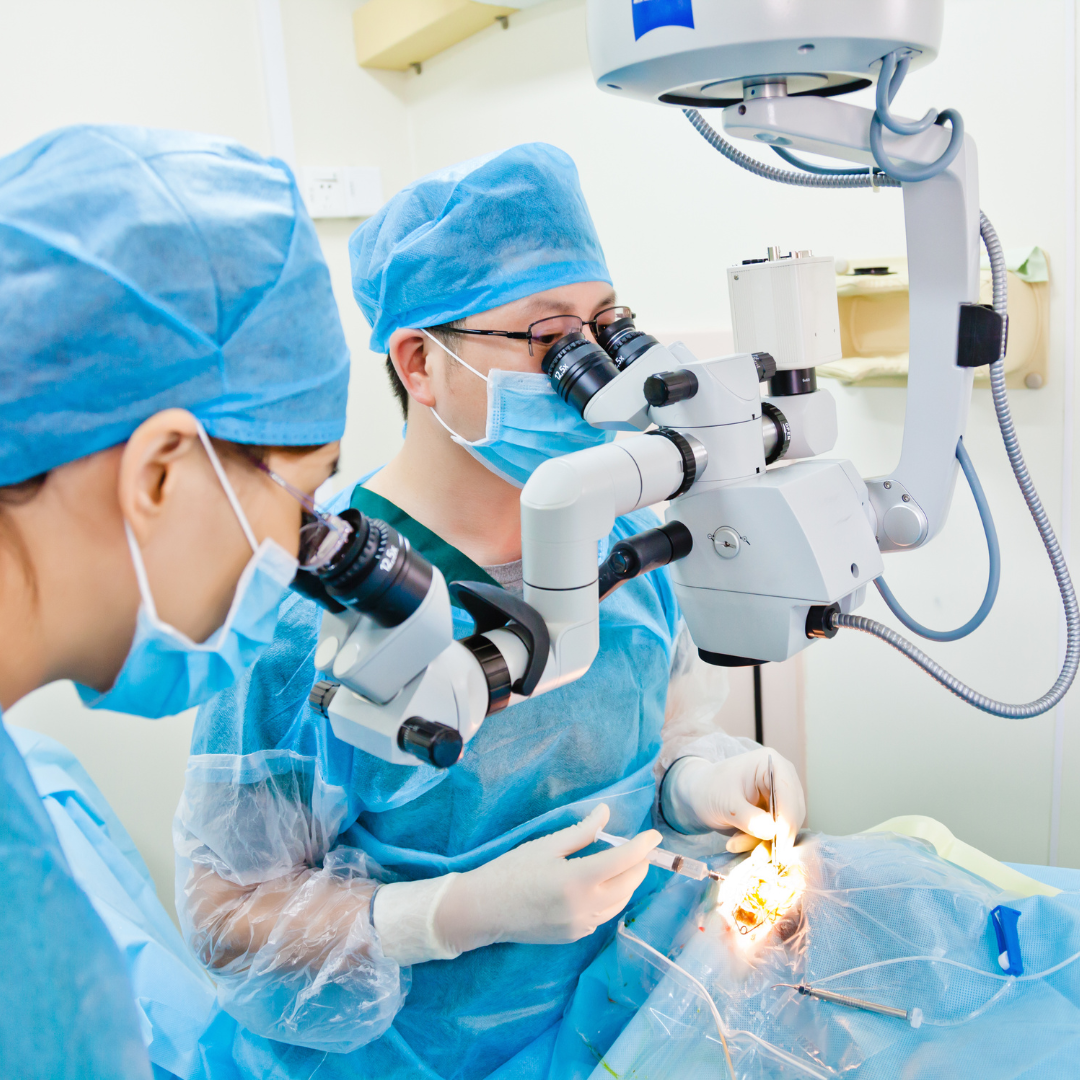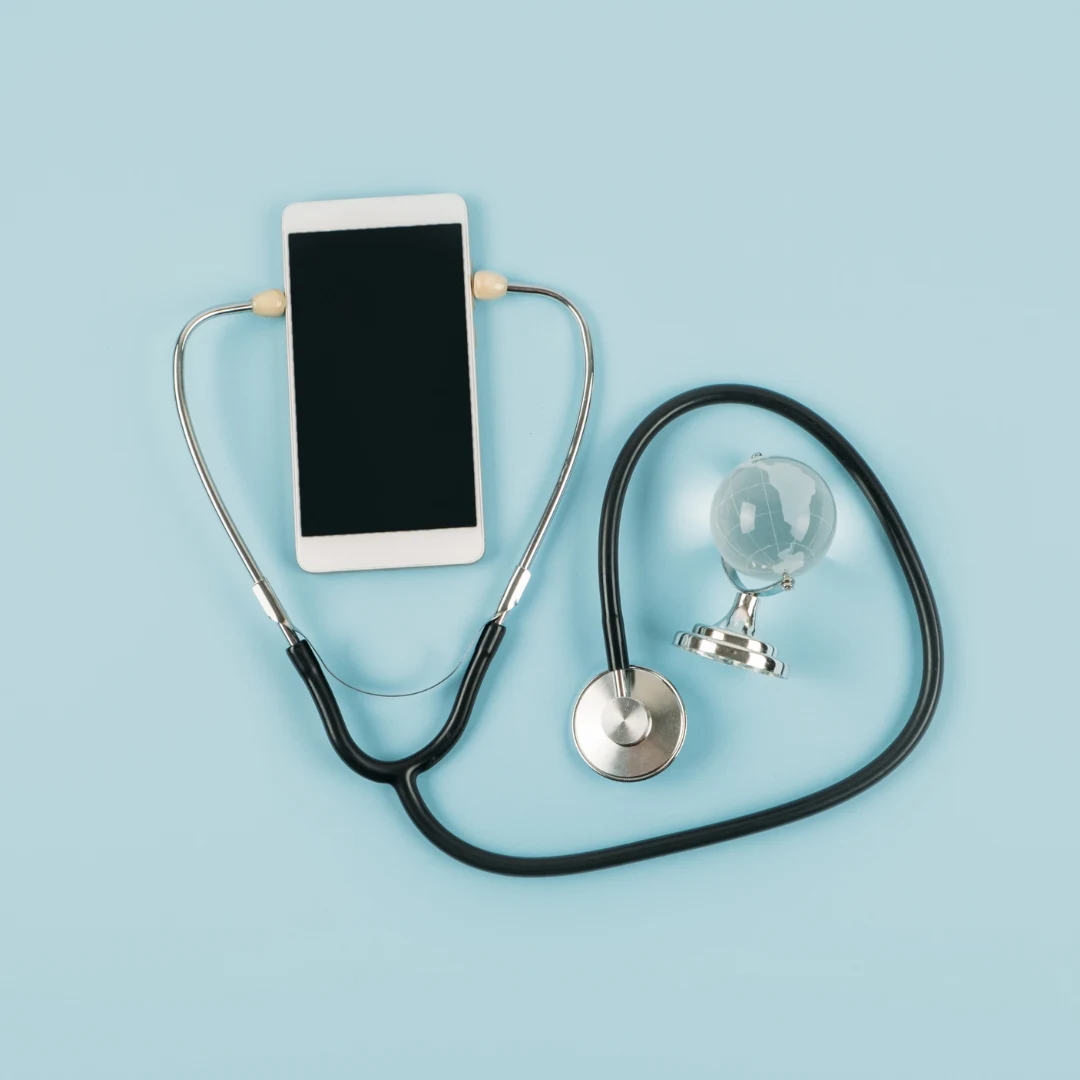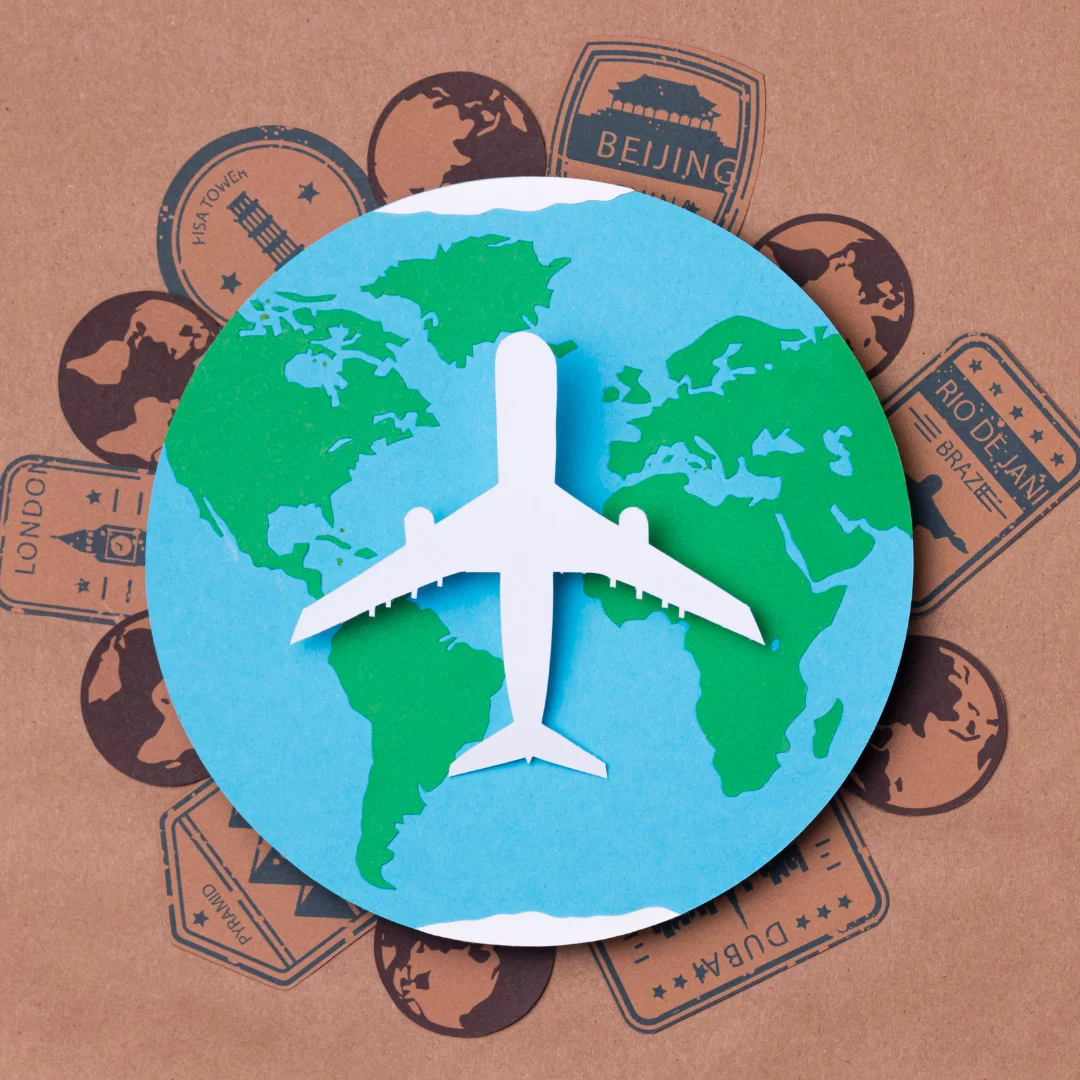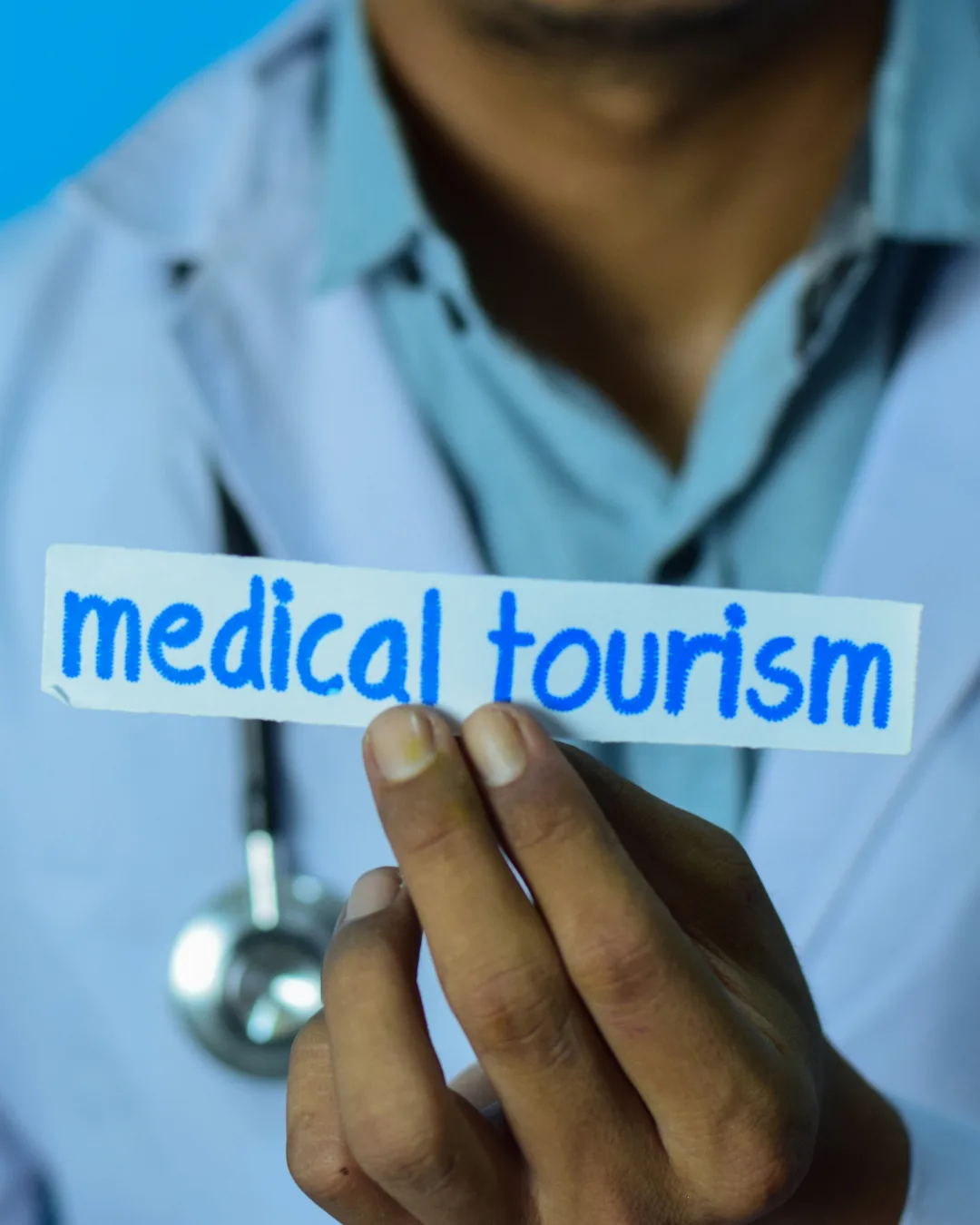Introduction
A knee ligament tear refers to the injury or rupture of one or more of the four key ligaments that support the knee joint: the anterior cruciate ligament (ACL), posterior cruciate ligament (PCL), medial collateral ligament (MCL), and lateral collateral ligament (LCL). These tears can occur due to sudden, high-impact movements, such as during sports or accidents. Symptoms include swelling, pain, instability, and difficulty in bearing weight on the affected leg. A knee ligament tear can vary in severity, from mild sprains to complete ruptures, often requiring medical intervention. Treatment options include rest, physical therapy, braces, and in some cases, surgical reconstruction. Timely treatment is essential for restoring knee function, mobility, and preventing long-term joint damage. Early diagnosis and appropriate care can lead to a full recovery.
Cost Comparison
The cost of knee ligament tear treatment varies widely anywhere in the world, depending on the hospital, the stage of cancer, the type of treatment, the number of therapy sessions required, the patient’s overall health condition, post-operative complications and care, etc. The average cost of knee ligament tear in India is USD $1800.
But be assured as the cost of Knee Ligament Tear in India is just a fraction of developed nations.
- Avg Cost of treatment - $1800
- Maximum cost of treatment - $4800
Factors affecting Cost of treatment
-
Severity of the Injury:
-
The complexity of the ligament tear (e.g., partial vs. complete) can influence the cost. Severe injuries may require more extensive surgeries and longer rehabilitation periods.
-
Type of Treatment:
-
Non-surgical treatments like physical therapy are less expensive than surgical treatments such as ACL reconstruction or other ligament repair surgeries. The choice between traditional surgery or minimally invasive options (arthroscopic surgery) can also impact the cost.
-
Surgeon’s Experience:
-
Highly experienced orthopedic surgeons may charge higher fees, but their expertise could improve the chances of successful recovery, influencing the overall treatment cost.
-
Rehabilitation and Follow-up Care:
-
The cost of physiotherapy, post-surgery rehabilitation, and follow-up consultations add to the overall treatment expenses. Longer recovery periods and multiple rehabilitation sessions increase the total cost.
-
Medical Technology Used:
-
Use of advanced medical equipment, imaging (MRI, CT scans), or robotic-assisted surgery can increase the cost of treatment. Higher technology often leads to more accurate diagnoses and better surgical outcomes.
-
Insurance Coverage:
-
Whether the patient has health insurance coverage for the procedure may reduce the out-of-pocket expenses. Some insurance policies may only cover a part of the treatment, while others may cover the full cost.
-
Implants and Devices:
-
The need for specialized implants (e.g., grafts, screws, or other fixation devices) used during surgery can also increase the overall cost, depending on the brand and type.
-
Duration of Hospital Stay:
-
The length of hospitalization required for the procedure also contributes to the total cost. Shorter stays generally reduce costs, whereas more complicated cases may require longer stays.
-
Post-Surgery Complications:
-
If there are complications post-surgery, additional treatments such as infection control, extended rehab, or re-surgeries may be required, increasing the overall cost.
Treatment Options
1. Non-Surgical Treatments (for Mild Tears or Sprains)
-
Rest, Ice, Compression, and Elevation (R.I.C.E.): This is the first line of treatment for minor ligament tears or sprains. It helps reduce swelling and pain, allowing the ligament to heal.
-
Physical Therapy: Once the initial pain and swelling subside, physical therapy can strengthen the muscles surrounding the knee and improve stability.
-
Braces or Supports: Wearing a knee brace can help stabilize the knee during the healing process and prevent further injury.
-
Pain Medication: Nonsteroidal anti-inflammatory drugs (NSAIDs) or acetaminophen can be prescribed to manage pain and reduce inflammation.
2. Injections (for Moderate Cases)
-
Corticosteroid Injections: If inflammation and pain are persistent, corticosteroid injections may be administered to reduce swelling and provide pain relief.
-
Platelet-Rich Plasma (PRP) Injections: PRP is a treatment where the patient’s own blood is processed to concentrate platelets and growth factors to speed up healing of the ligament tear.
-
Hyaluronic Acid Injections: These are used to lubricate the knee joint and reduce pain in some cases, particularly for degenerative ligament injuries.
3. Surgical Treatments (for Severe or Complete Tears)
-
Arthroscopic Surgery (Minimally Invasive): A small camera is inserted into the knee joint to view and treat the ligament tear. This surgery is less invasive, leading to quicker recovery times.
-
Ligament Reconstruction Surgery: In cases where the ligament is severely damaged (such as an ACL tear), a graft may be used to replace the torn ligament. Grafts can be taken from the patient’s own body (autograft) or from a donor (allograft).
-
Sutures and Fixation: In some cases, the torn ligament may be repaired using sutures and fixation devices, particularly when the tear is partial. This may involve reattaching the ligament to its original position.
4. Post-Surgical Treatments
-
Rehabilitation and Physiotherapy: After surgery, physical therapy is critical to restore mobility, strengthen the muscles, and improve knee function.
-
Home Exercise Programs: Once the healing process begins, a structured home exercise program may be prescribed to continue strengthening the knee.
-
Cold and Heat Therapy: To reduce swelling and improve blood circulation, cold and heat treatments may be used post-surgery.
5. Alternative Treatments
-
Stem Cell Therapy: Some patients may explore regenerative therapies like stem cell treatments to repair damaged tissue and promote healing. While this option is still under investigation, some individuals report positive outcomes.
-
Chiropractic Care or Acupuncture: Though not a mainstream treatment for knee ligament tears, some patients seek alternative therapies to manage pain or improve mobility as complementary care.
6. Lifestyle Adjustments
-
Weight Management: Excess body weight can put added stress on the knee, so weight management is important to prevent further damage and ensure the best recovery outcome.
-
Activity Modification: Avoiding high-impact activities that stress the knee, like running or jumping, may be recommended during the healing phase.
How Medotil Global Assists International Patients
Medical Visa Assistance
- Guides patients through the process of obtaining a medical visa for India.
- Provides necessary documentation support, such as invitation letters from hospitals.
Accommodation Arrangements
- Helps secure comfortable and affordable lodging near treatment centers.
- Offers a range of options, including guest houses, hotels, or serviced apartments.
Food Services
- Assists in arranging dietary preferences, including international cuisines and special diets for medical needs.
Transportation Support
- Provides airport pickup and drop-off services.
- Offers reliable transportation for hospital visits and local travel.
Hospital and Doctor Selection
- Recommends top hospitals and connects patients with experienced specialists in their specific condition.
- Ensures access to advanced medical treatments and technology.
Tourism Services
- Organizes visits to famous tourist attractions like the Taj Mahal, Jaipur, Kerala, and other cultural landmarks.
- Tailors travel plans based on patient preferences and recovery needs.
24/7 Support
- Provides round-the-clock assistance for any queries or emergencies during the stay in India.










